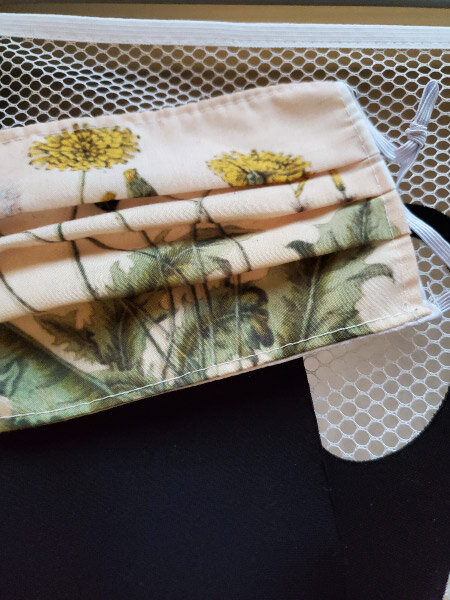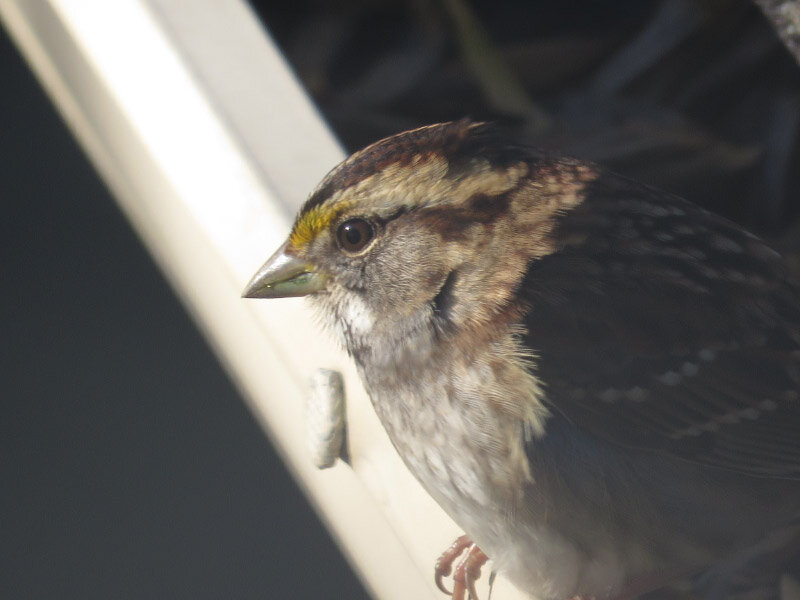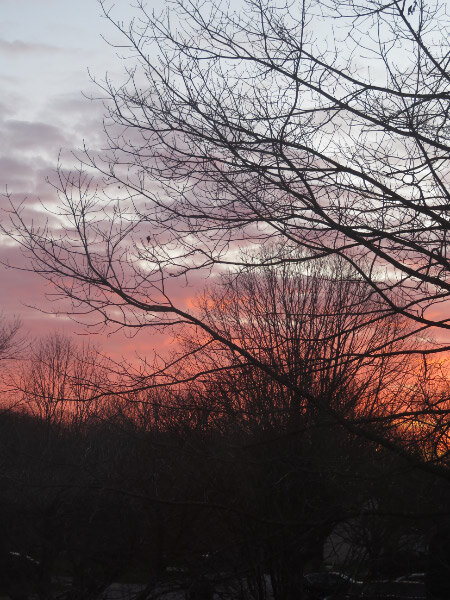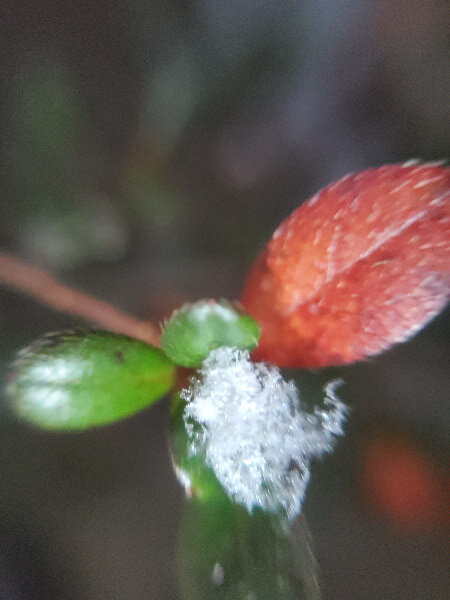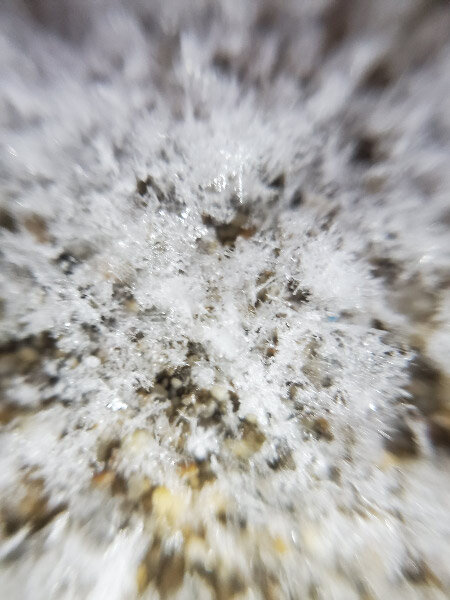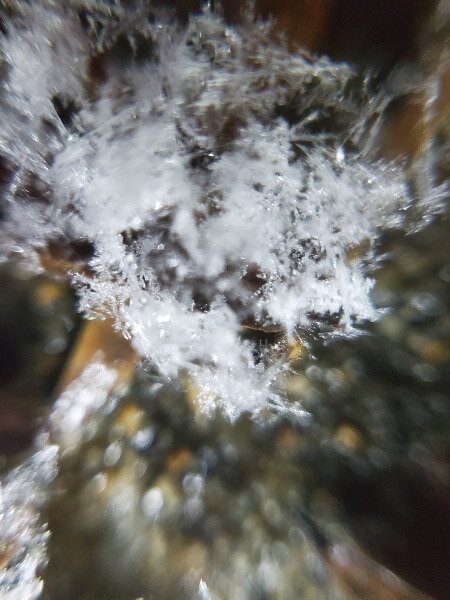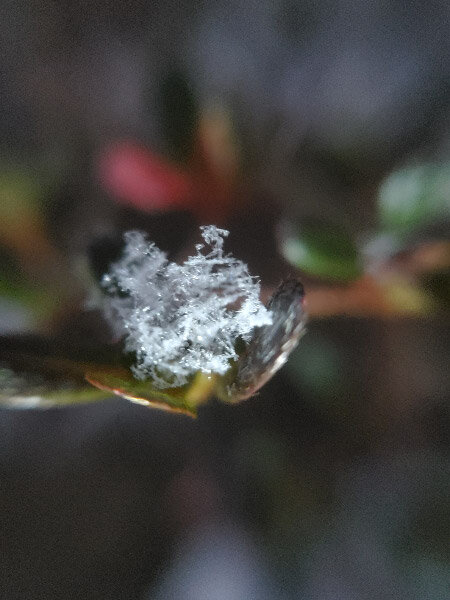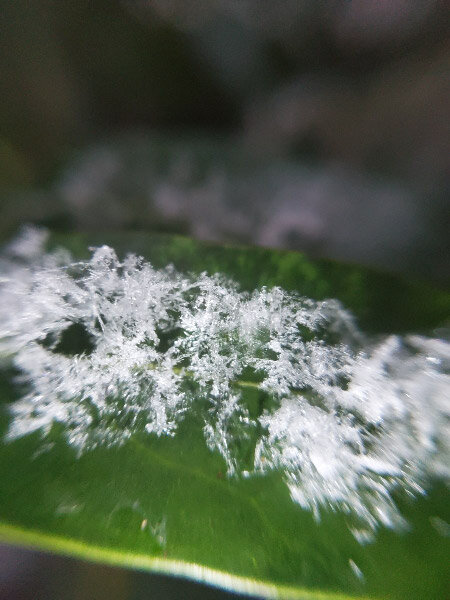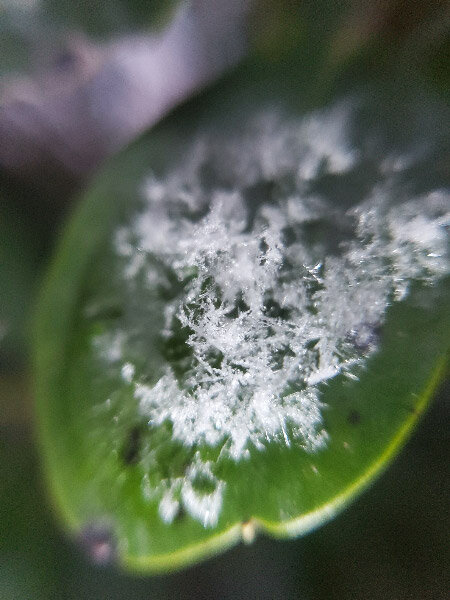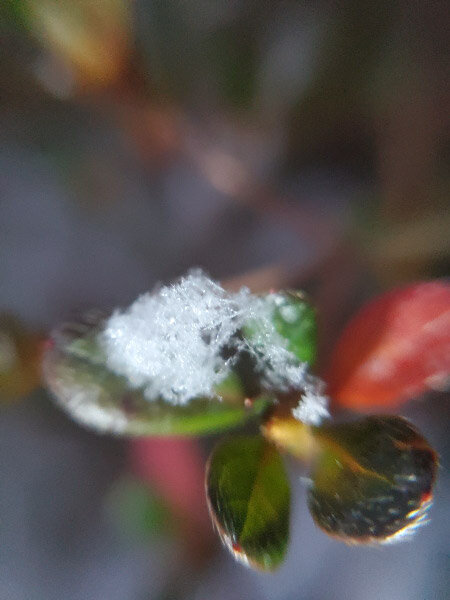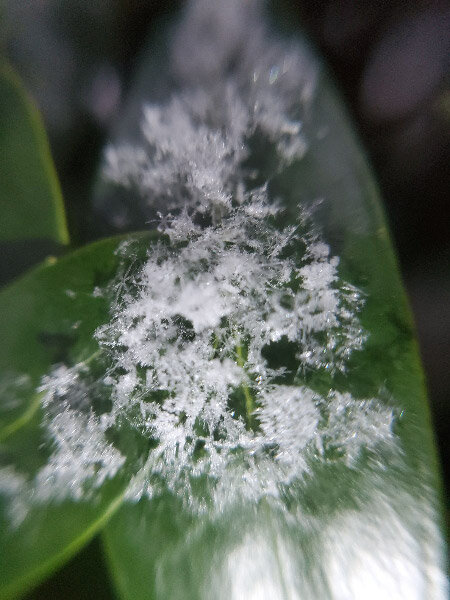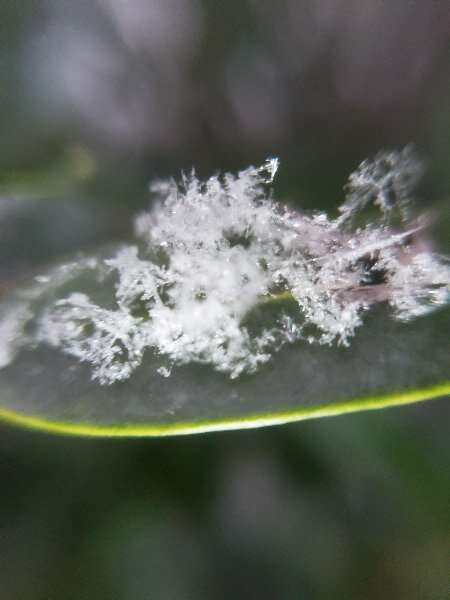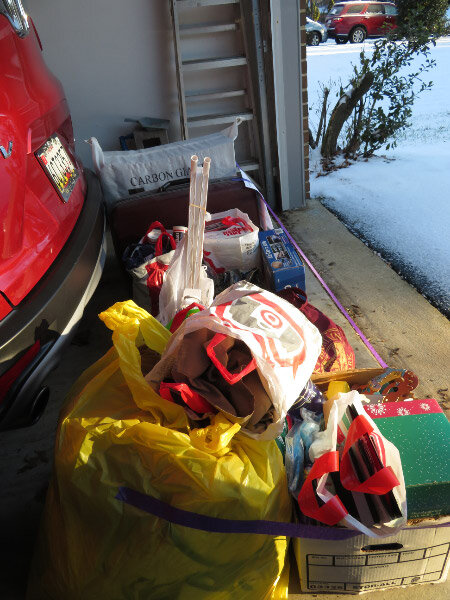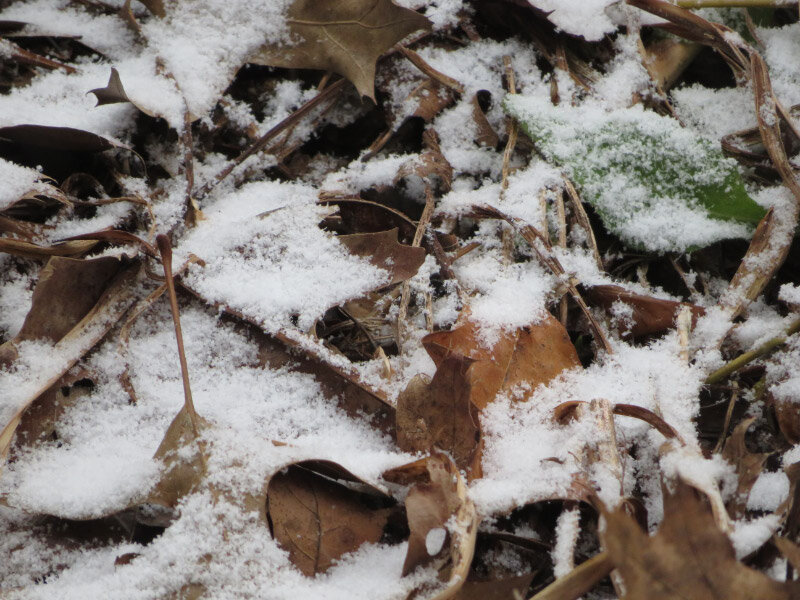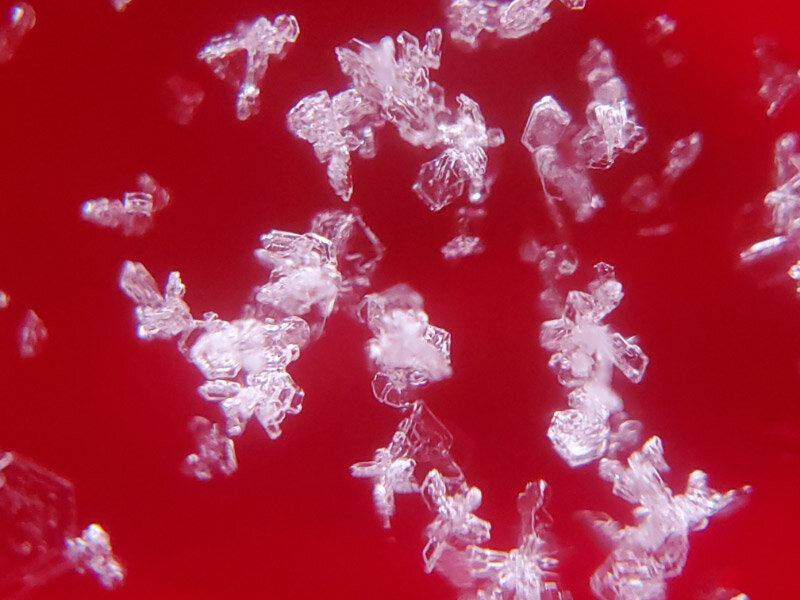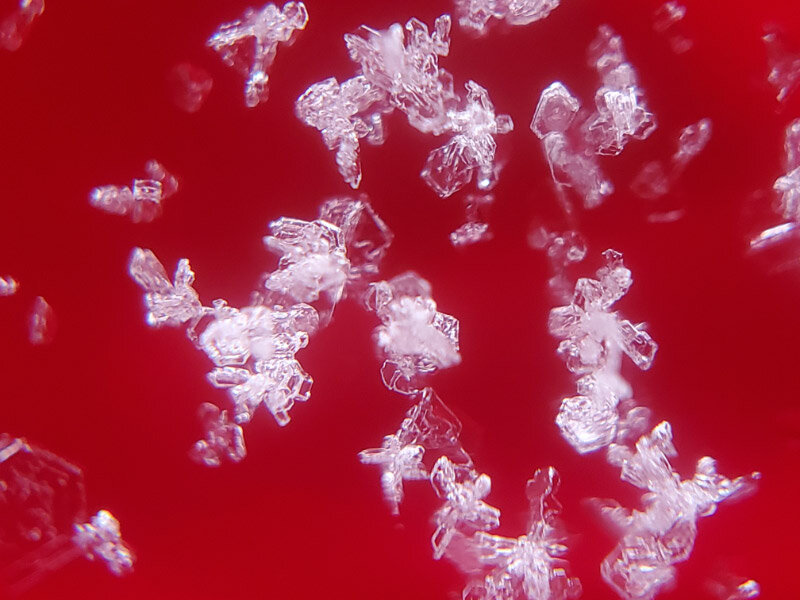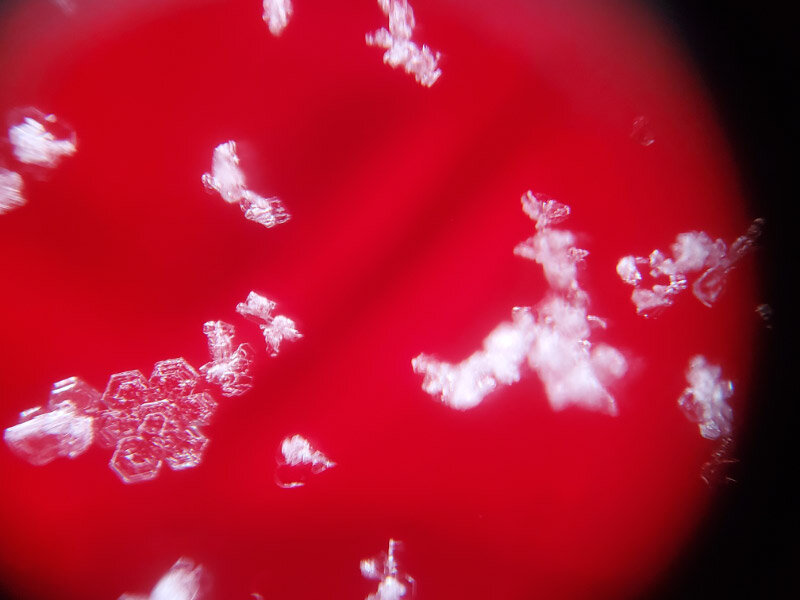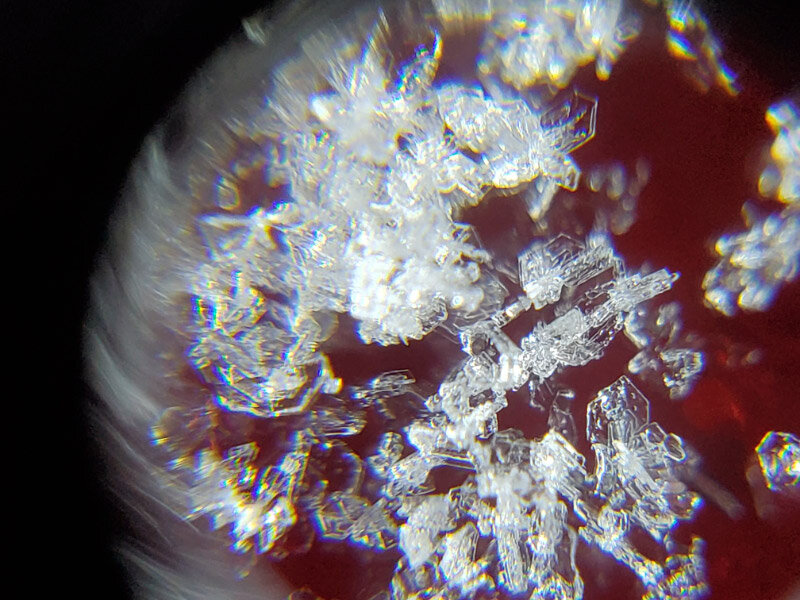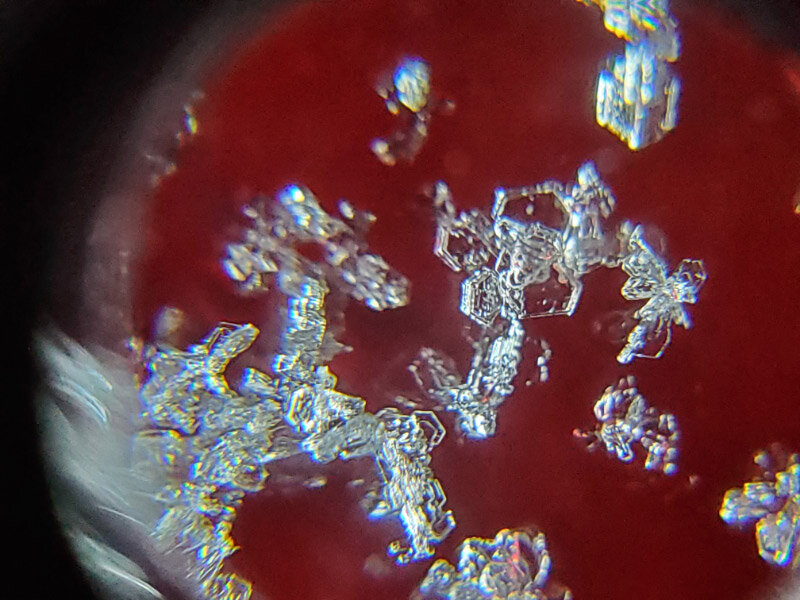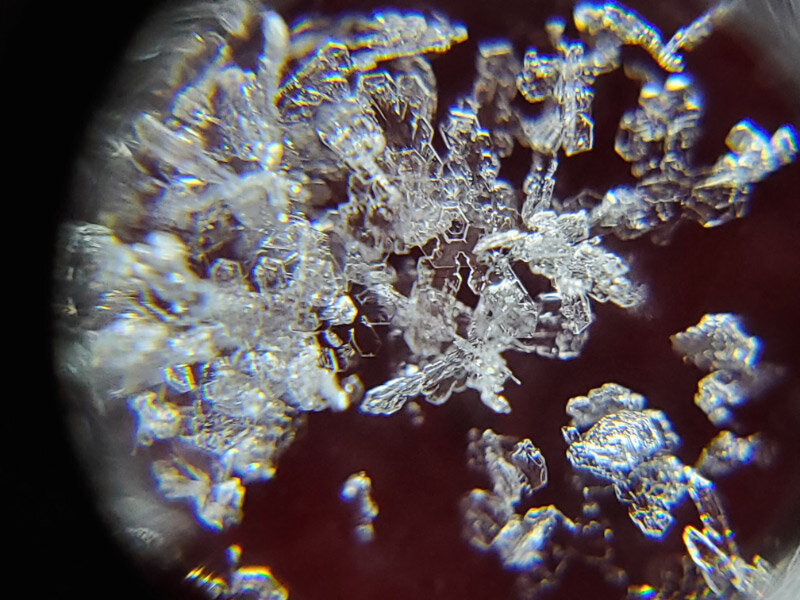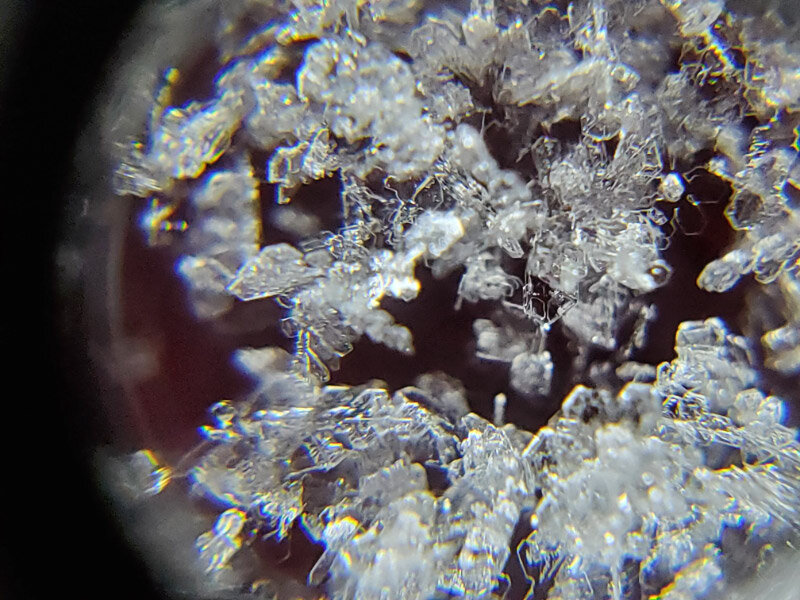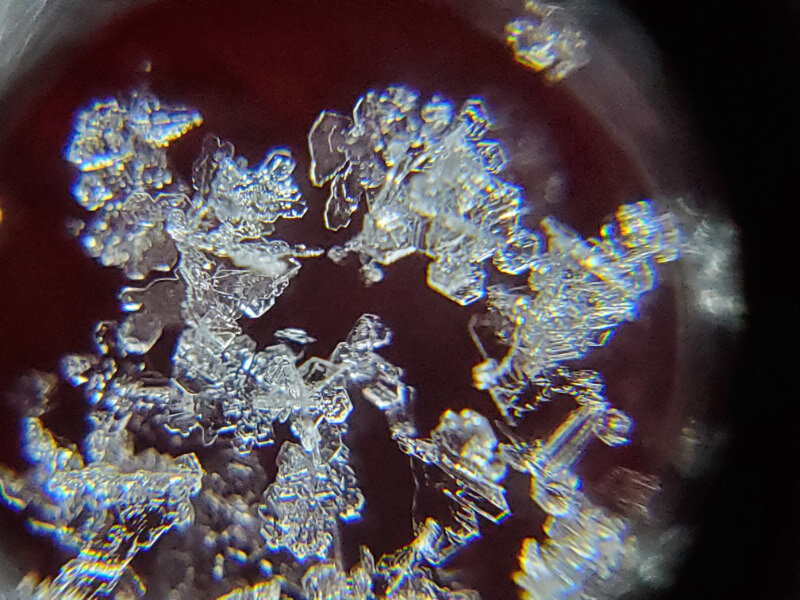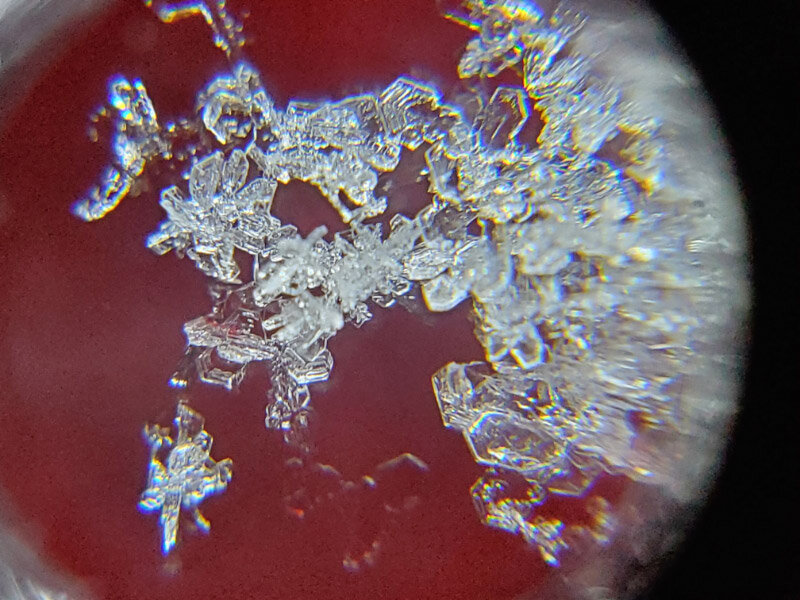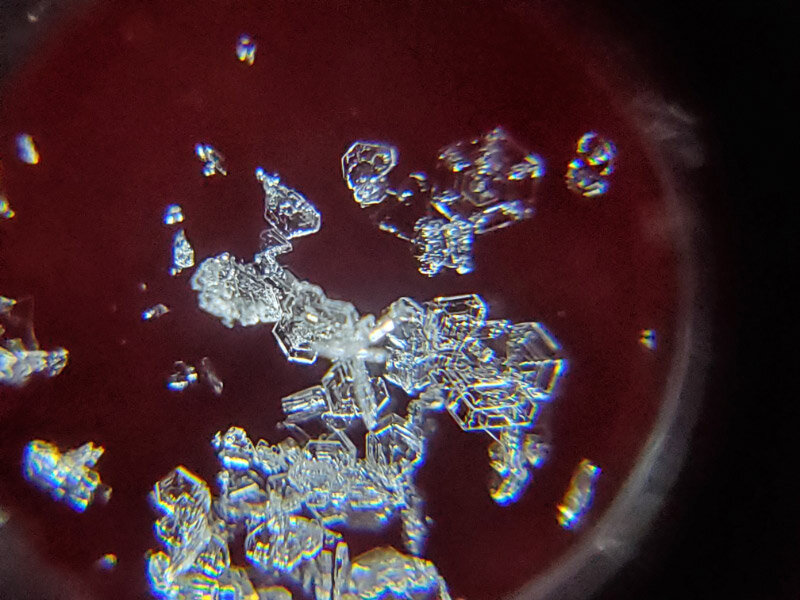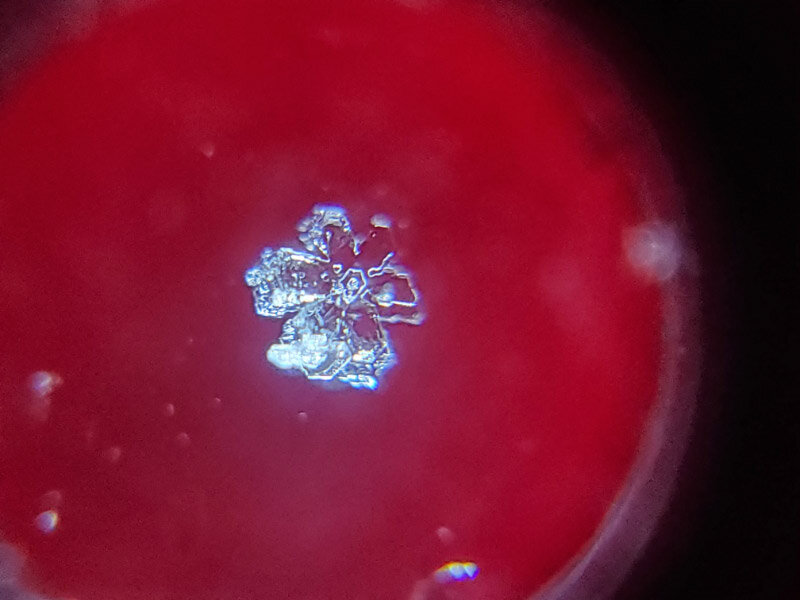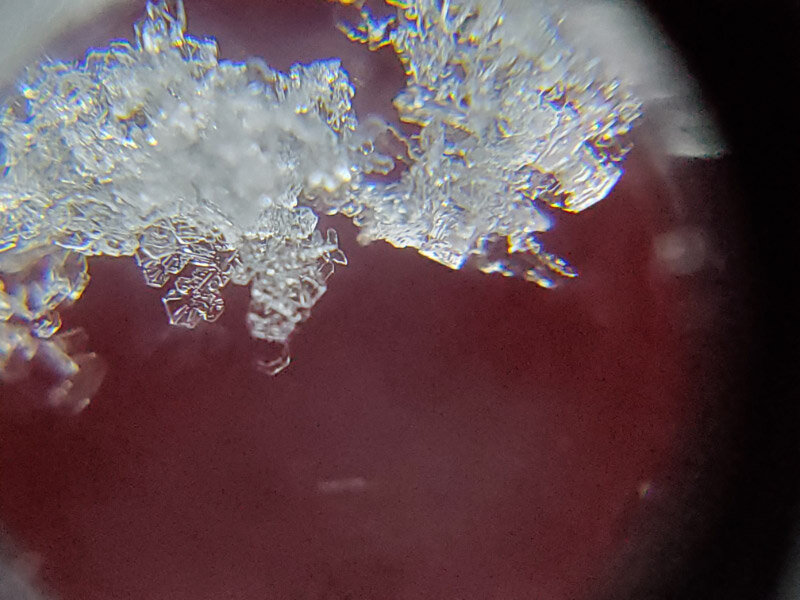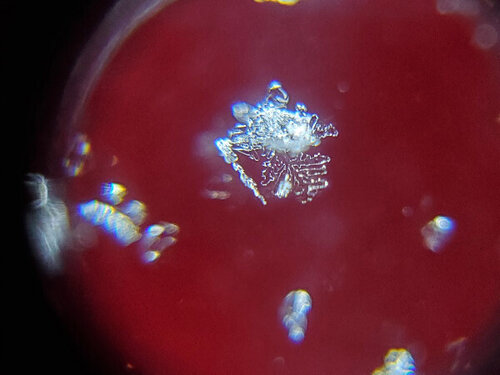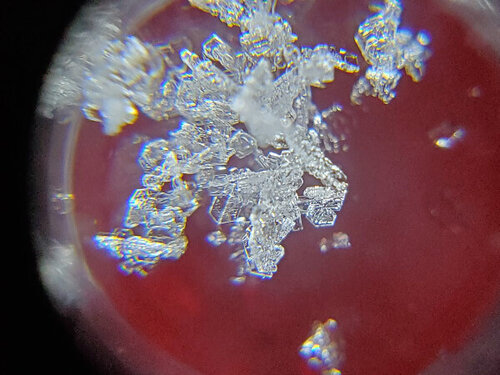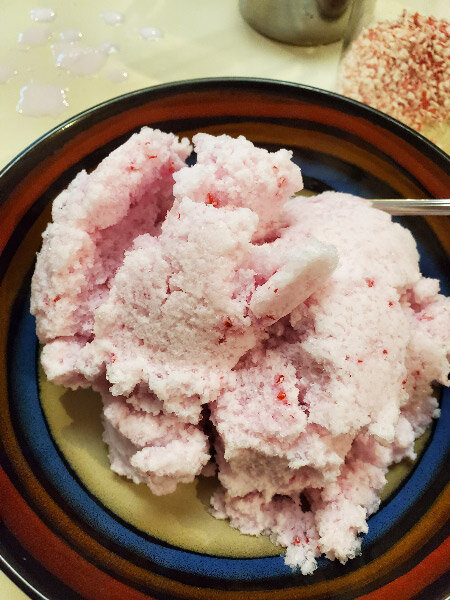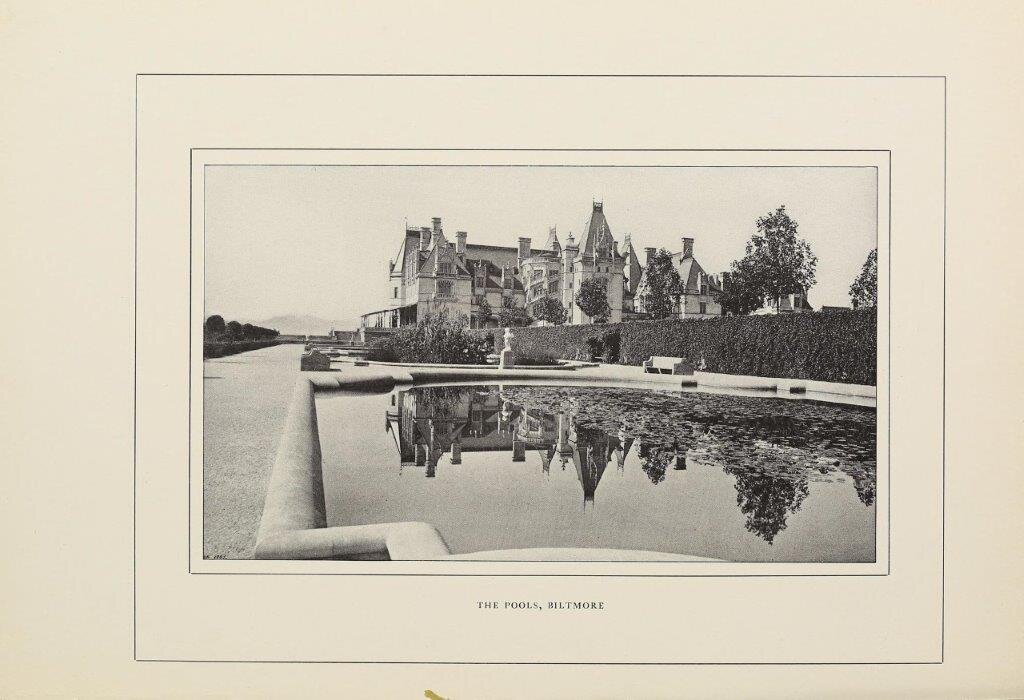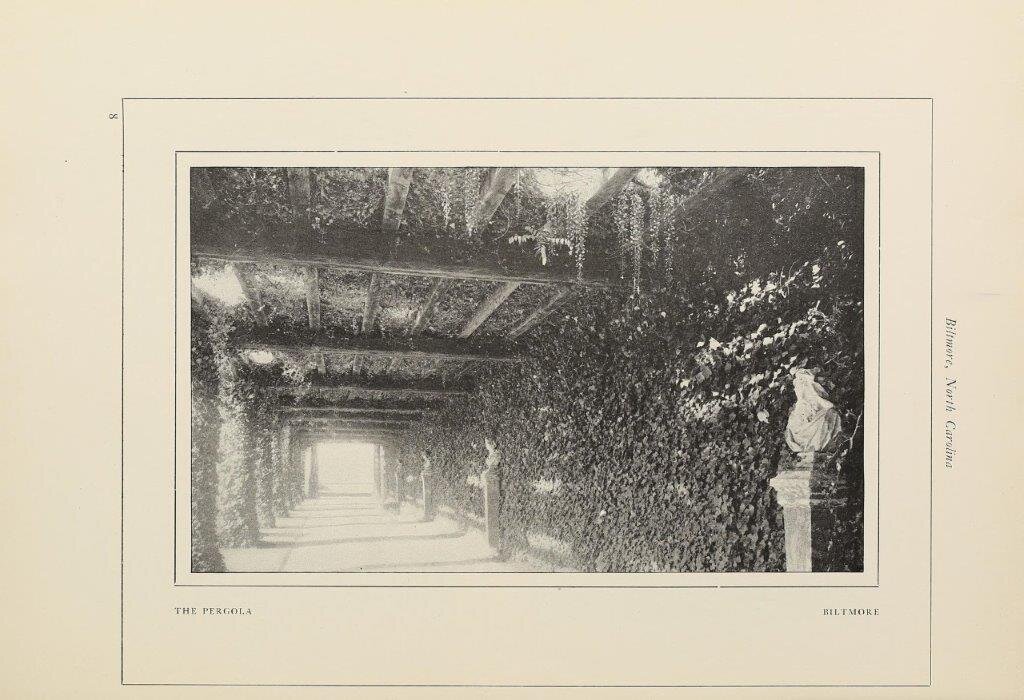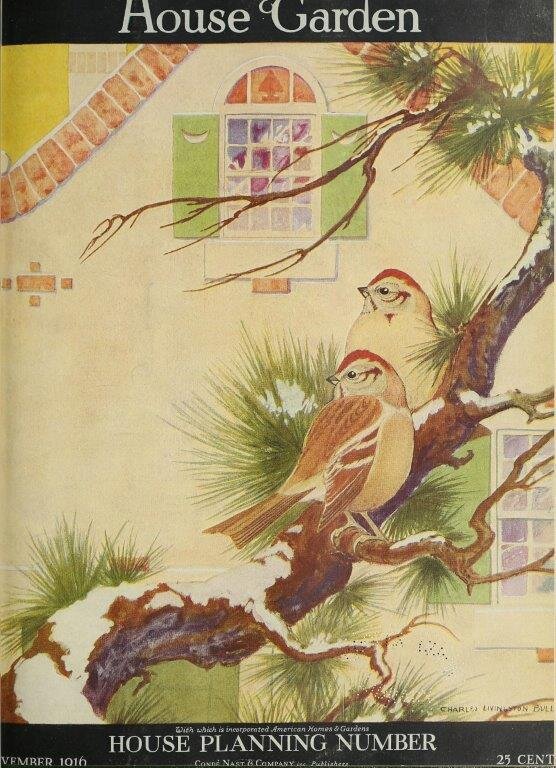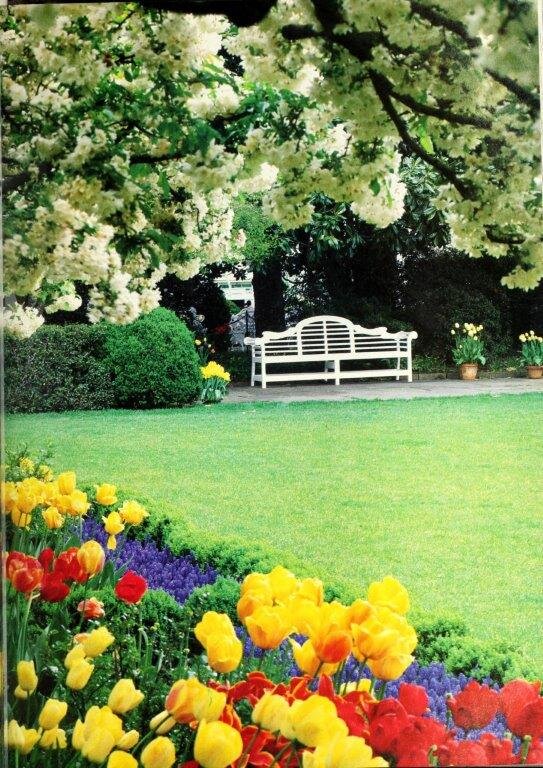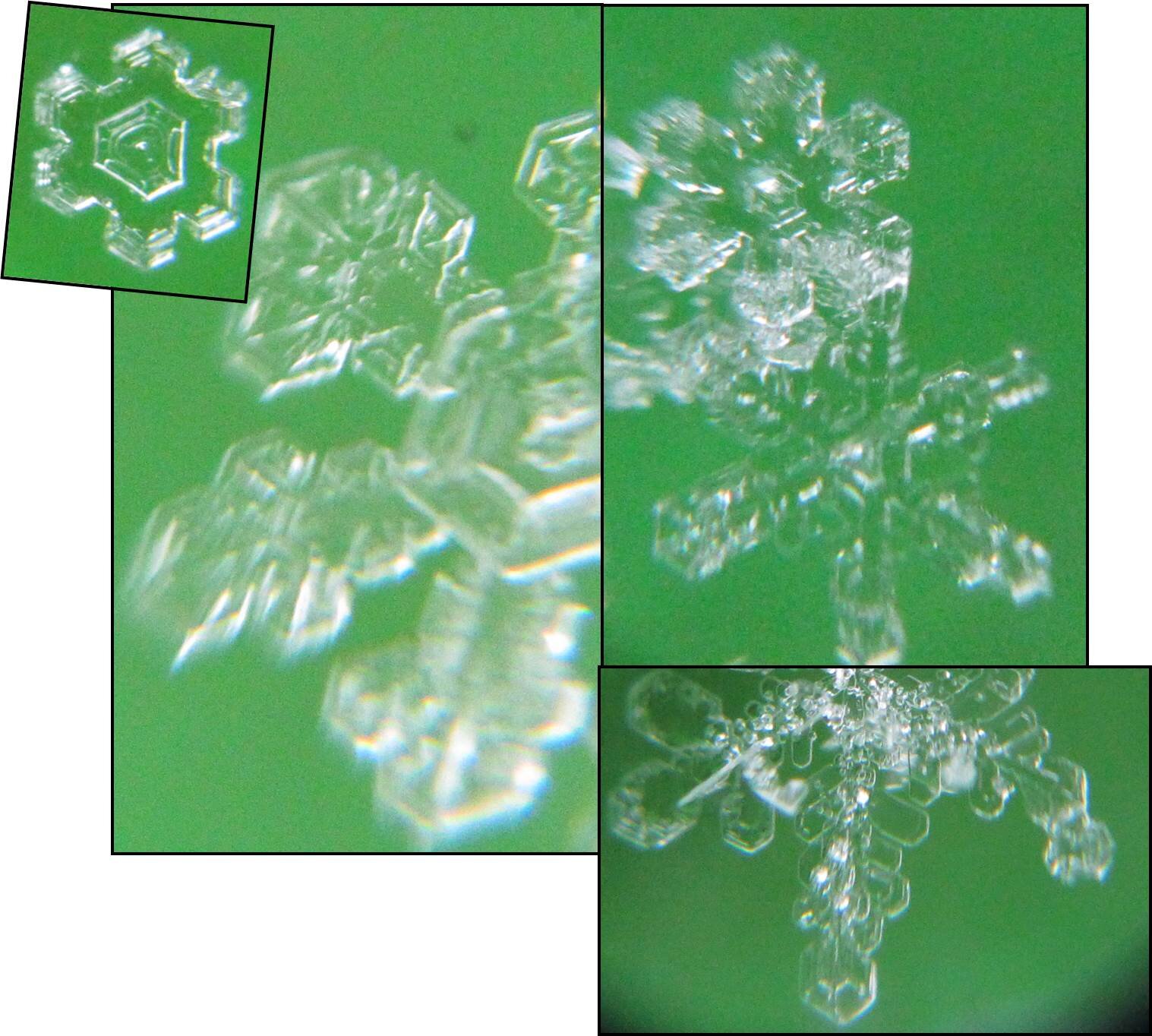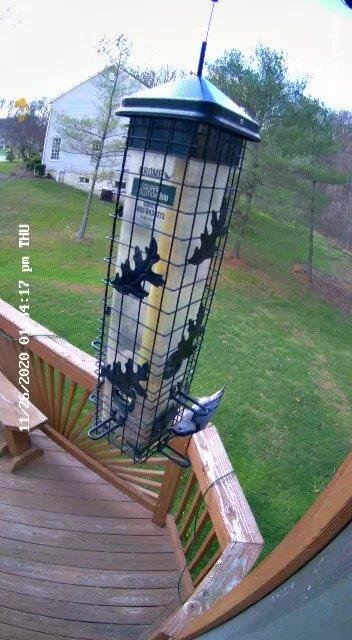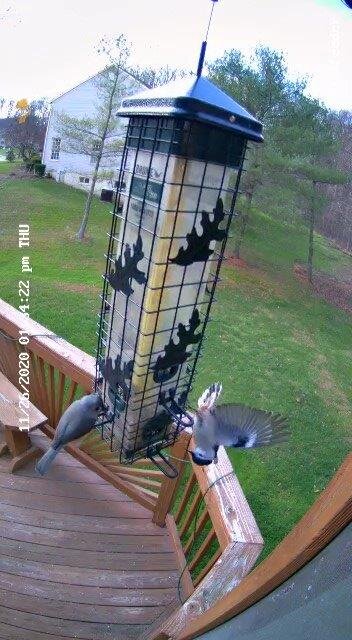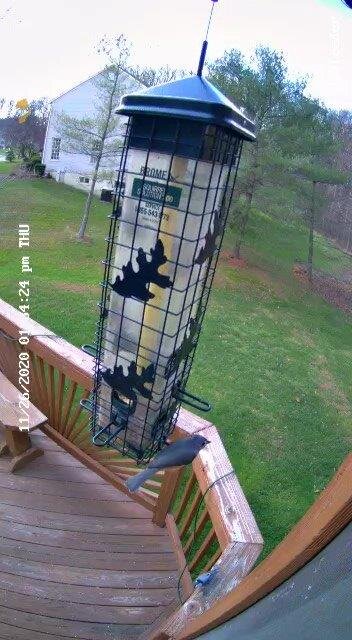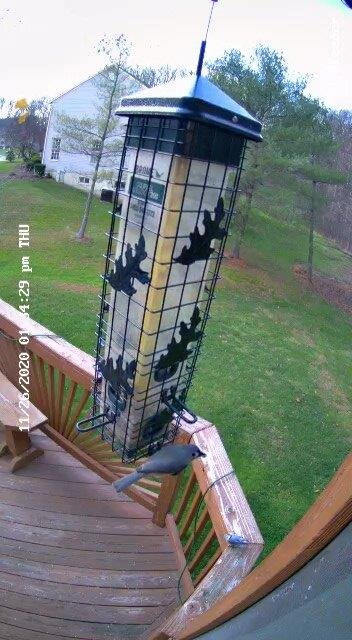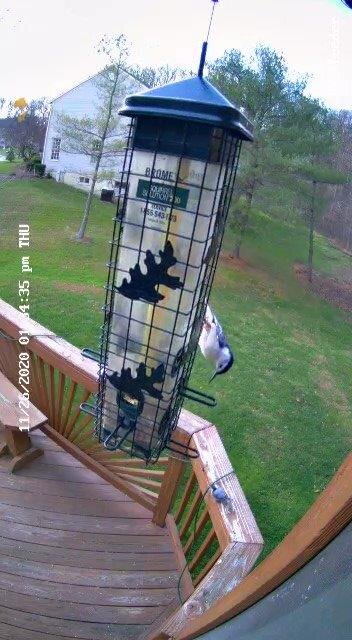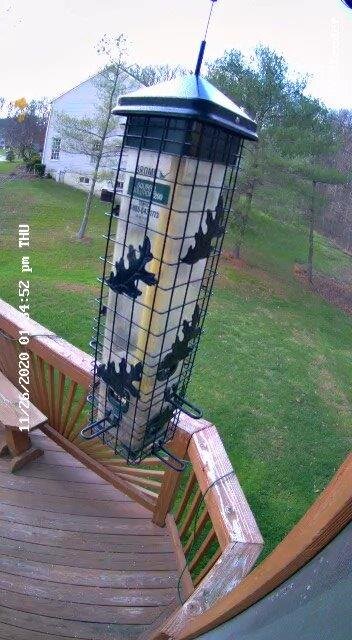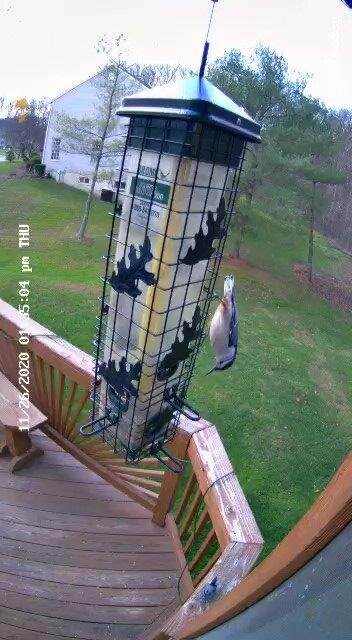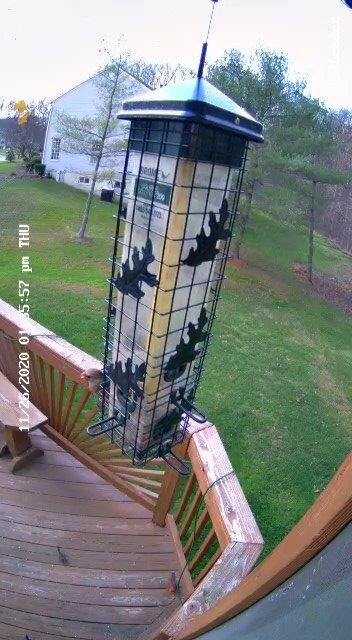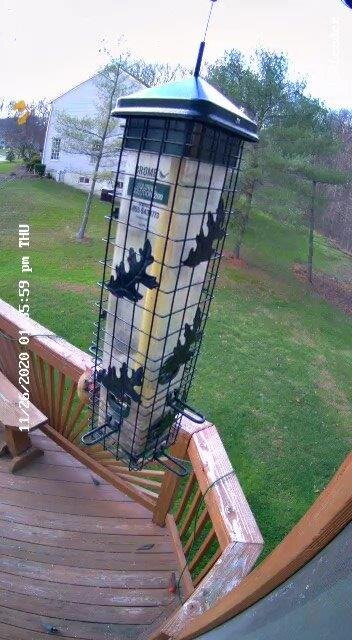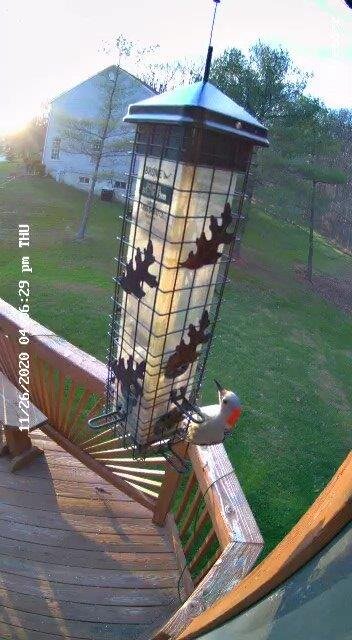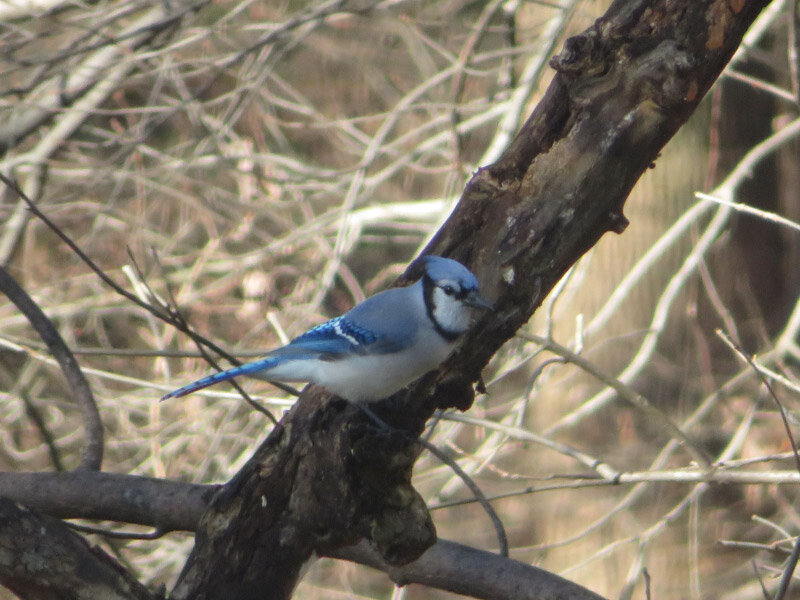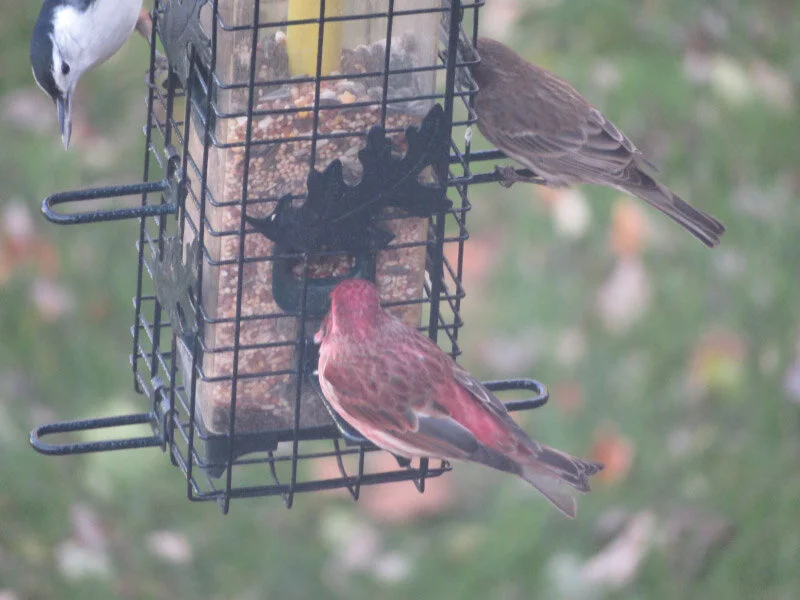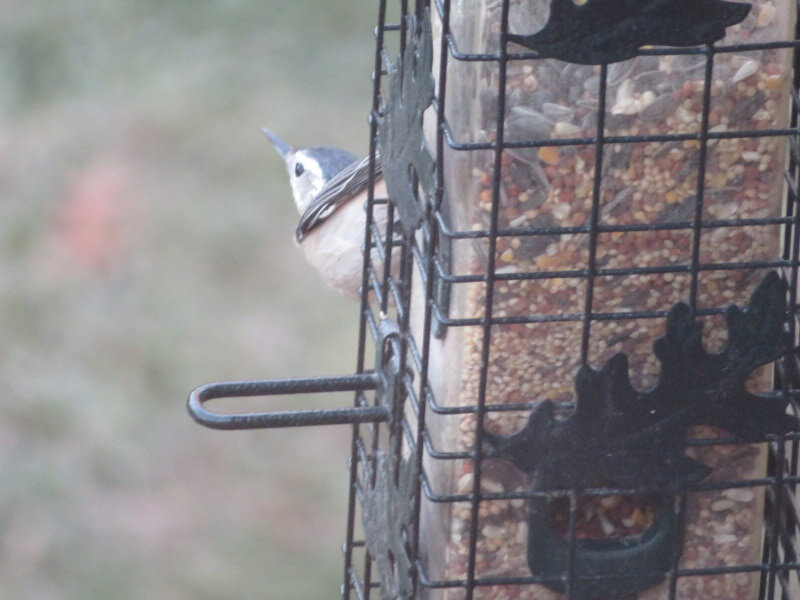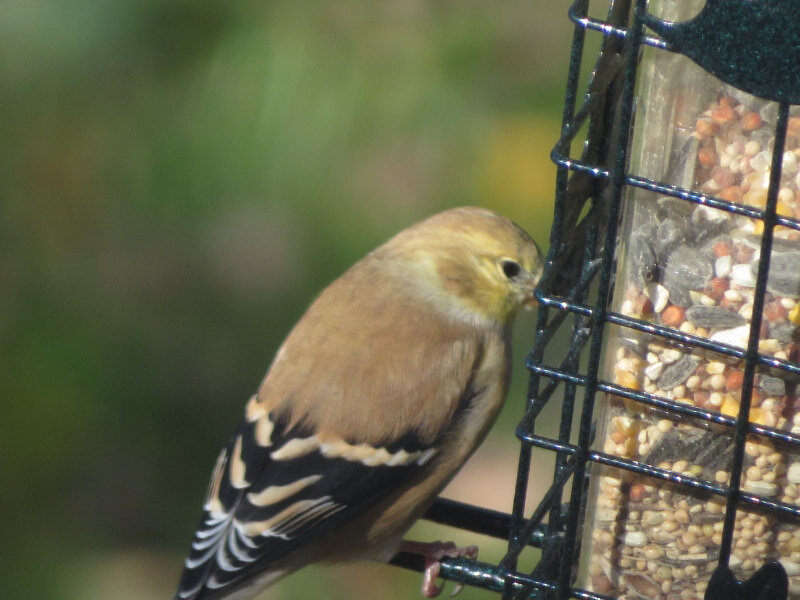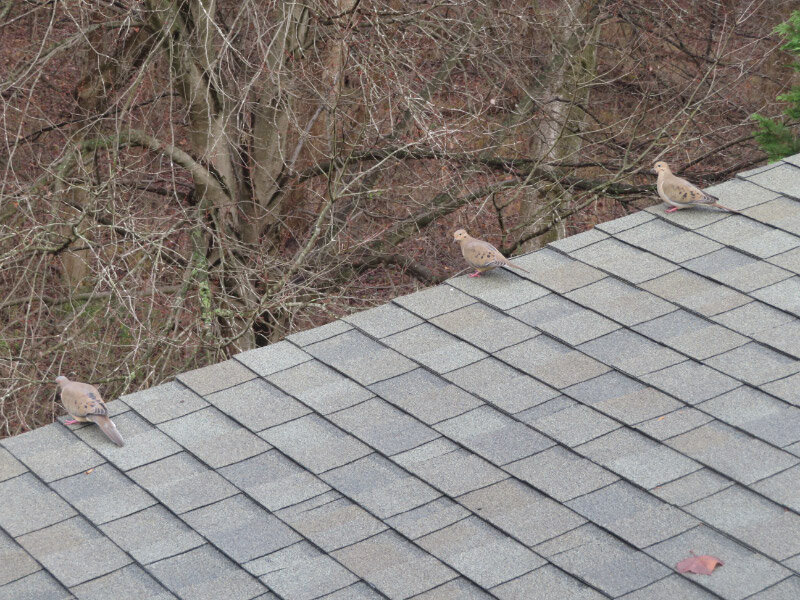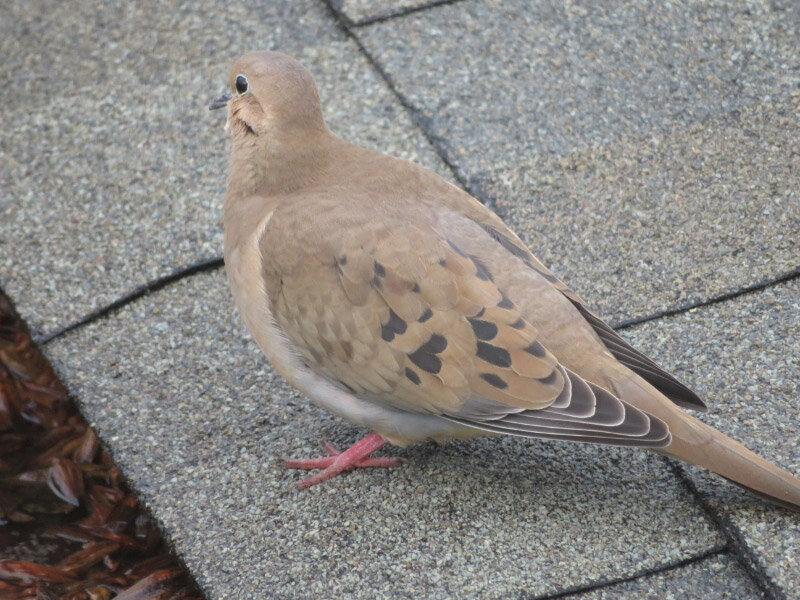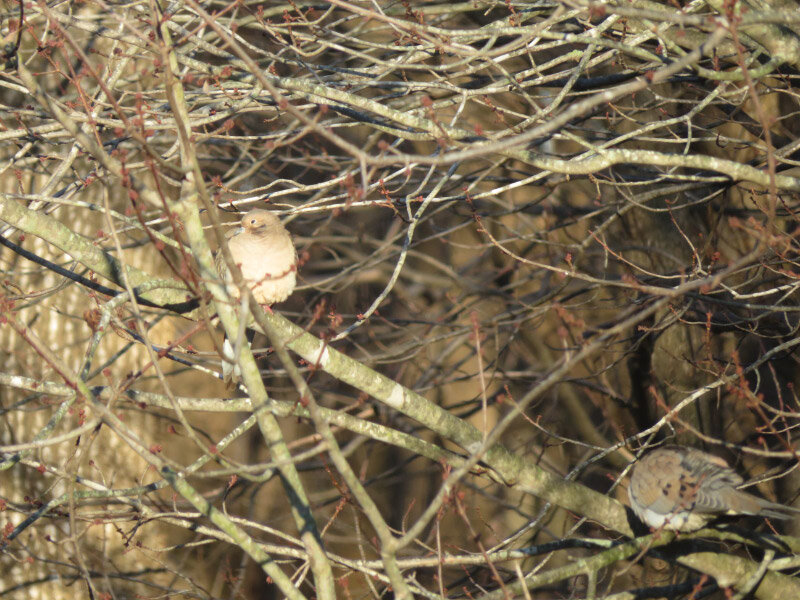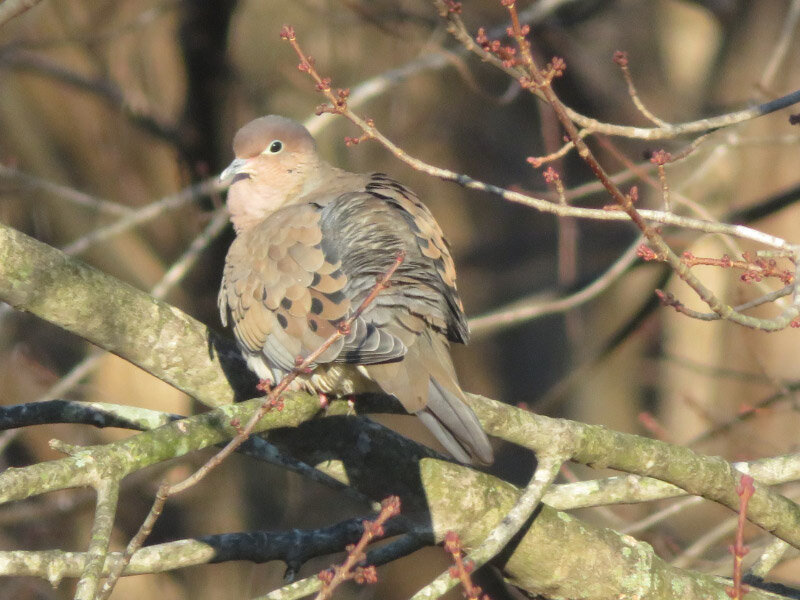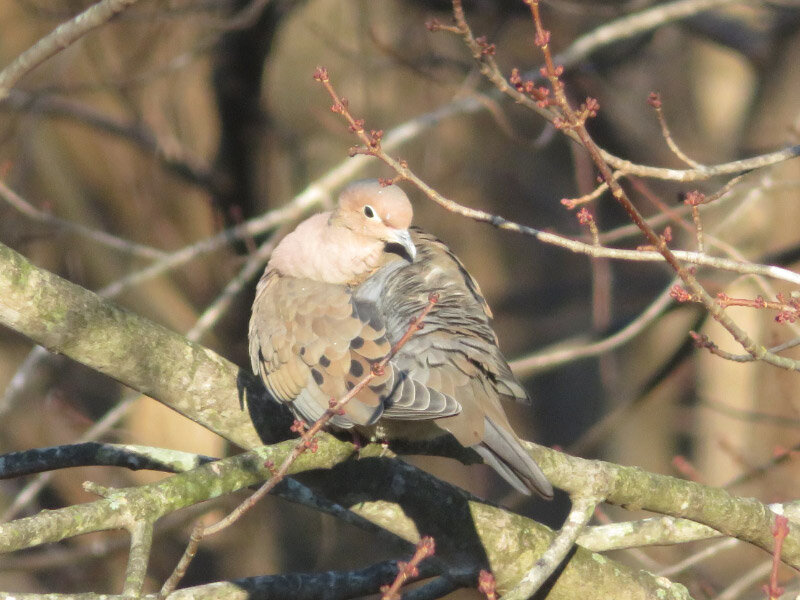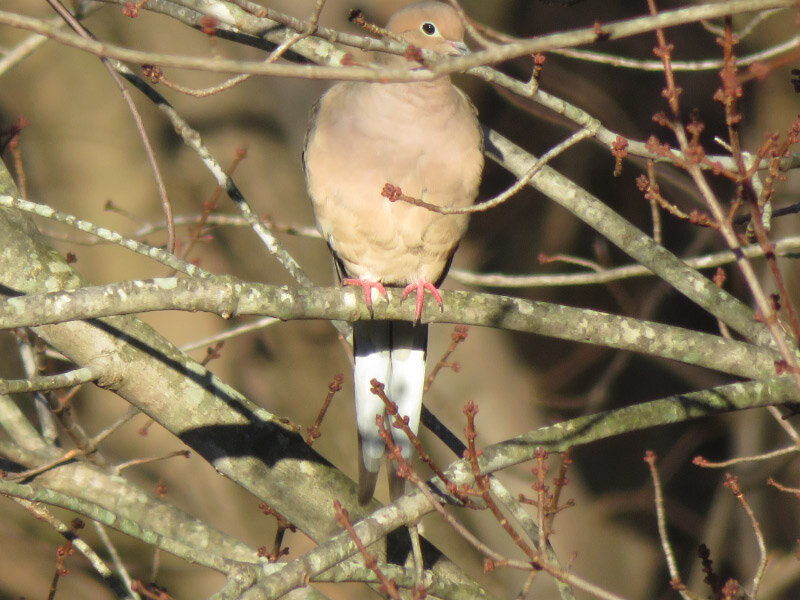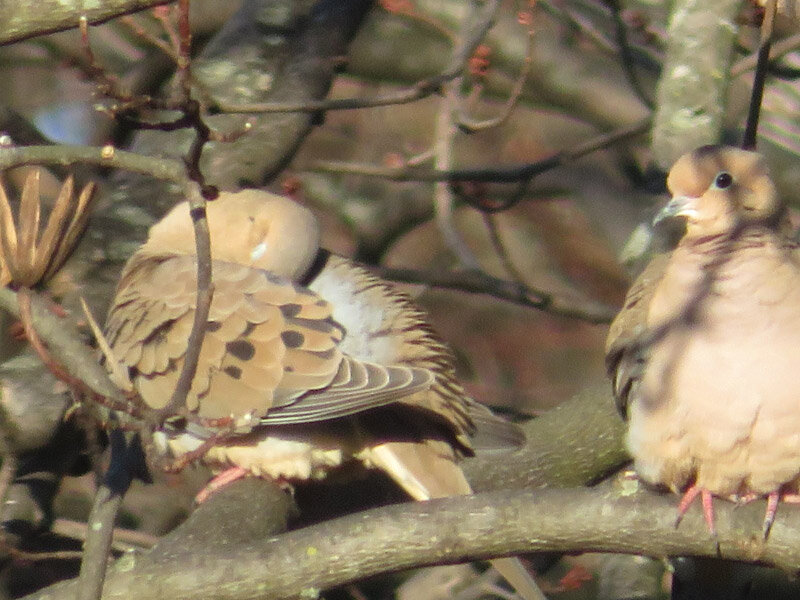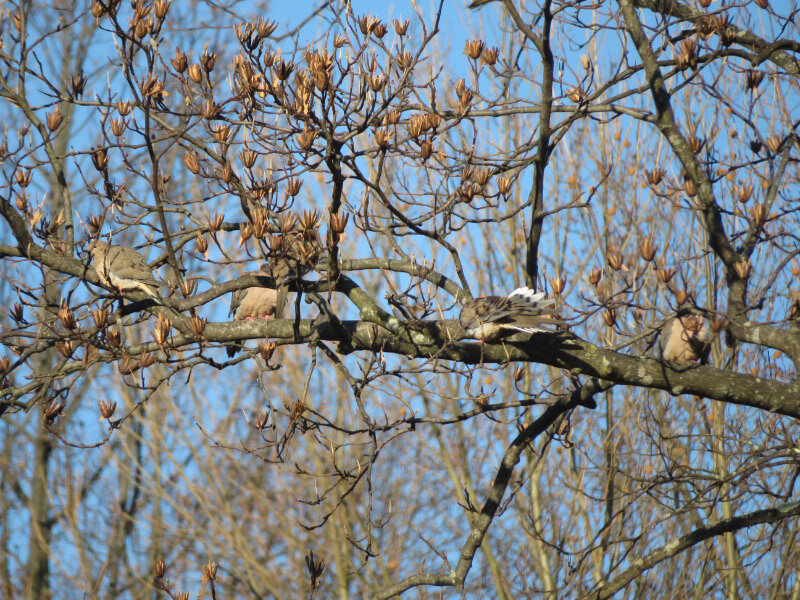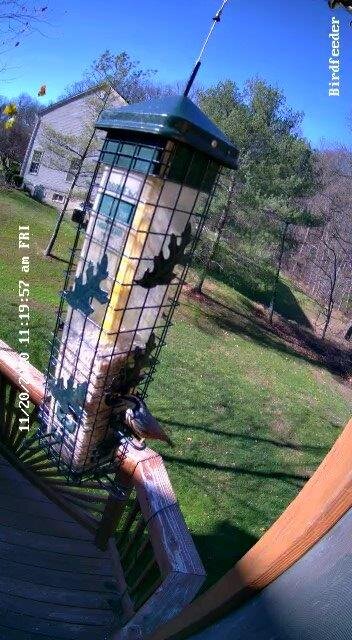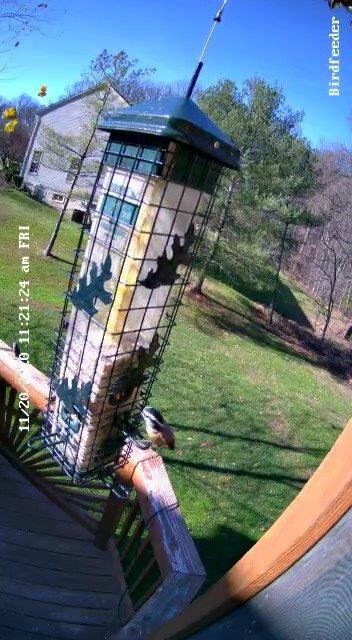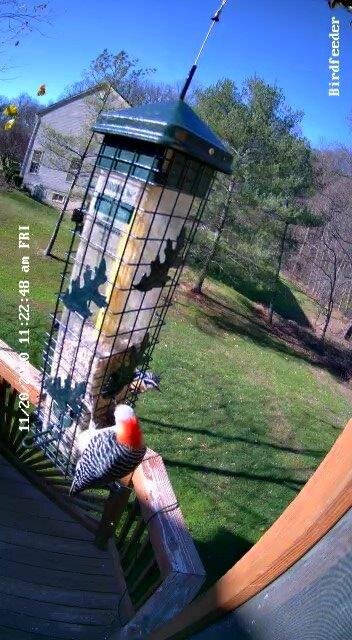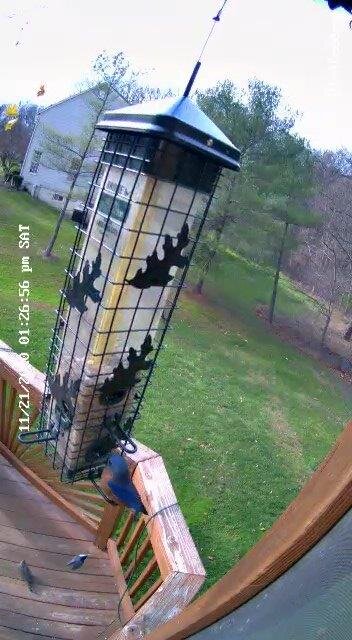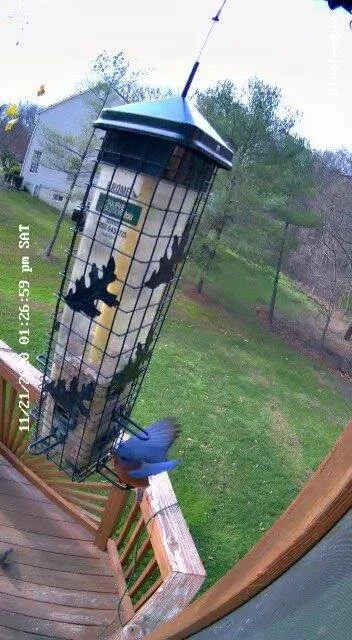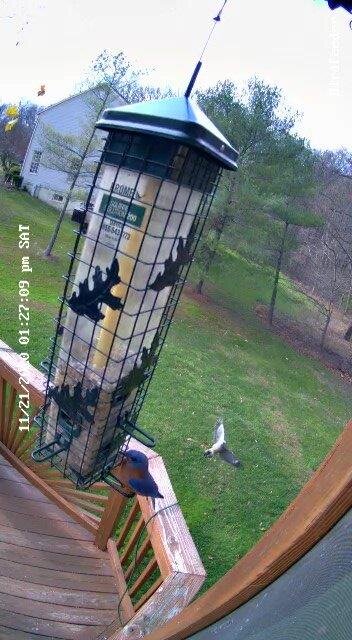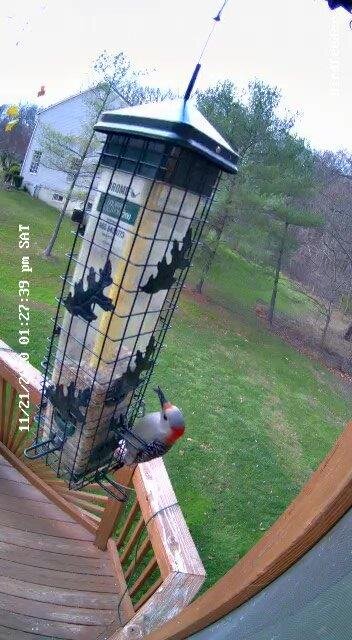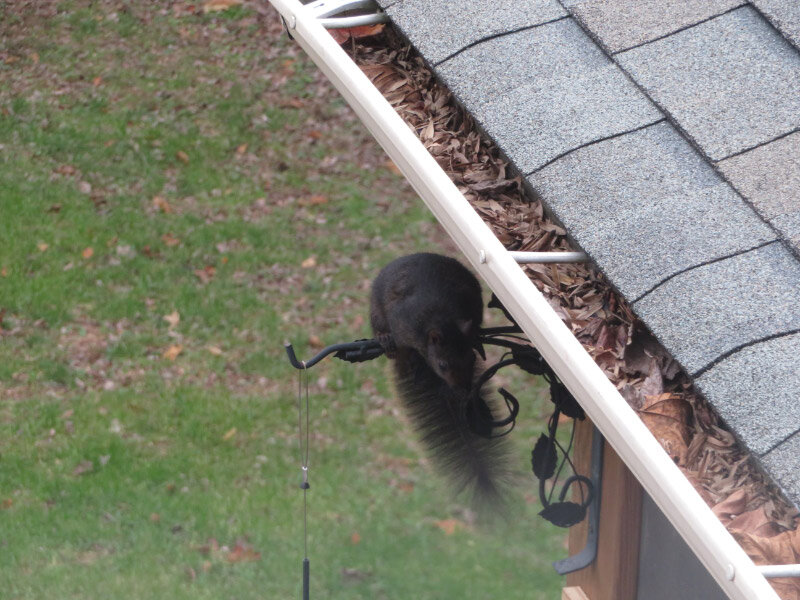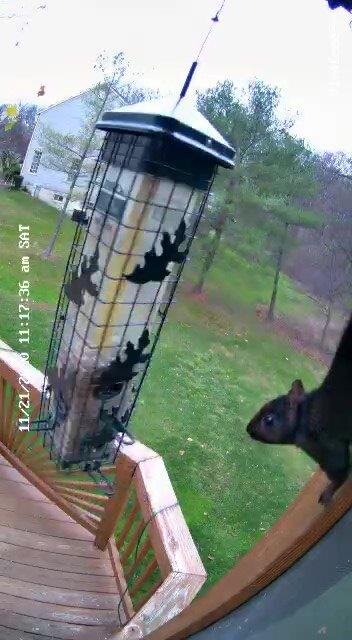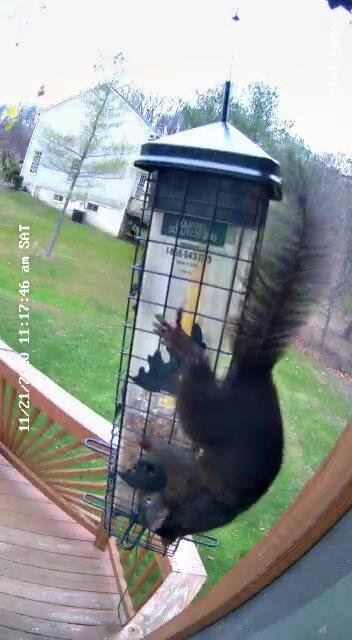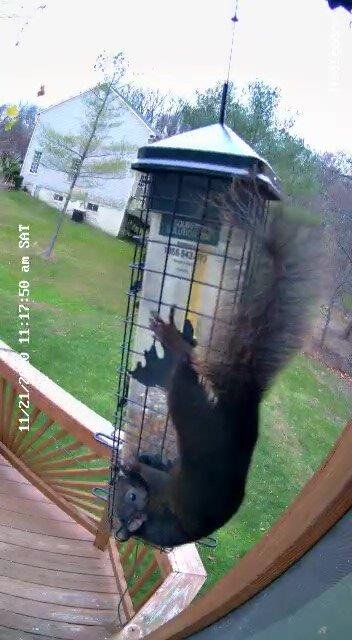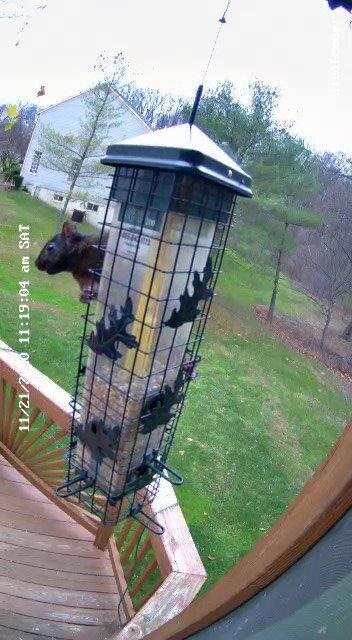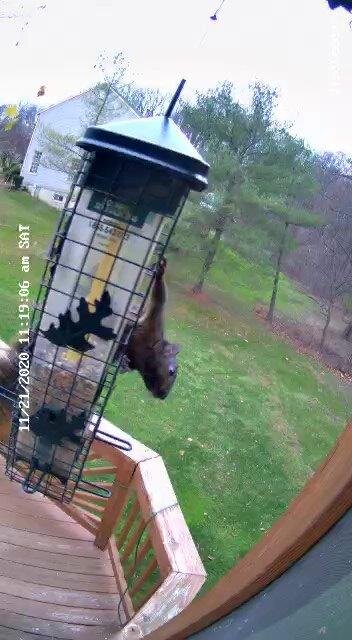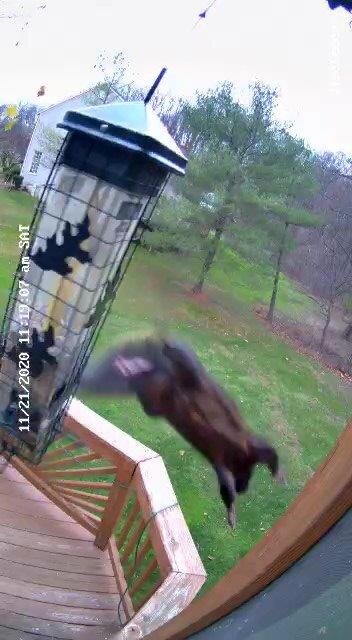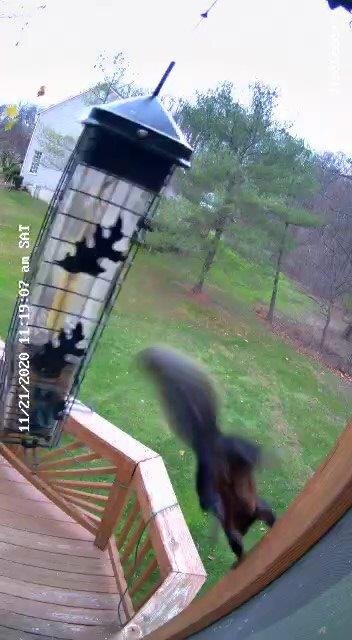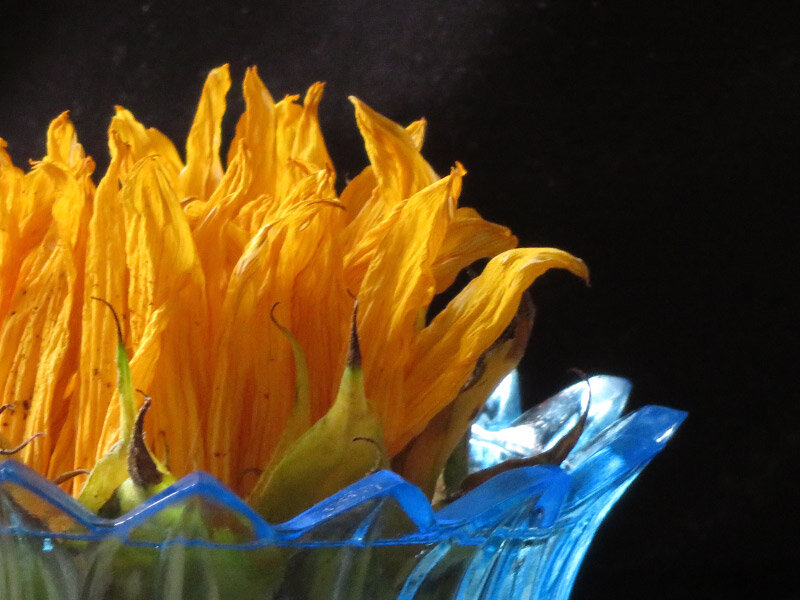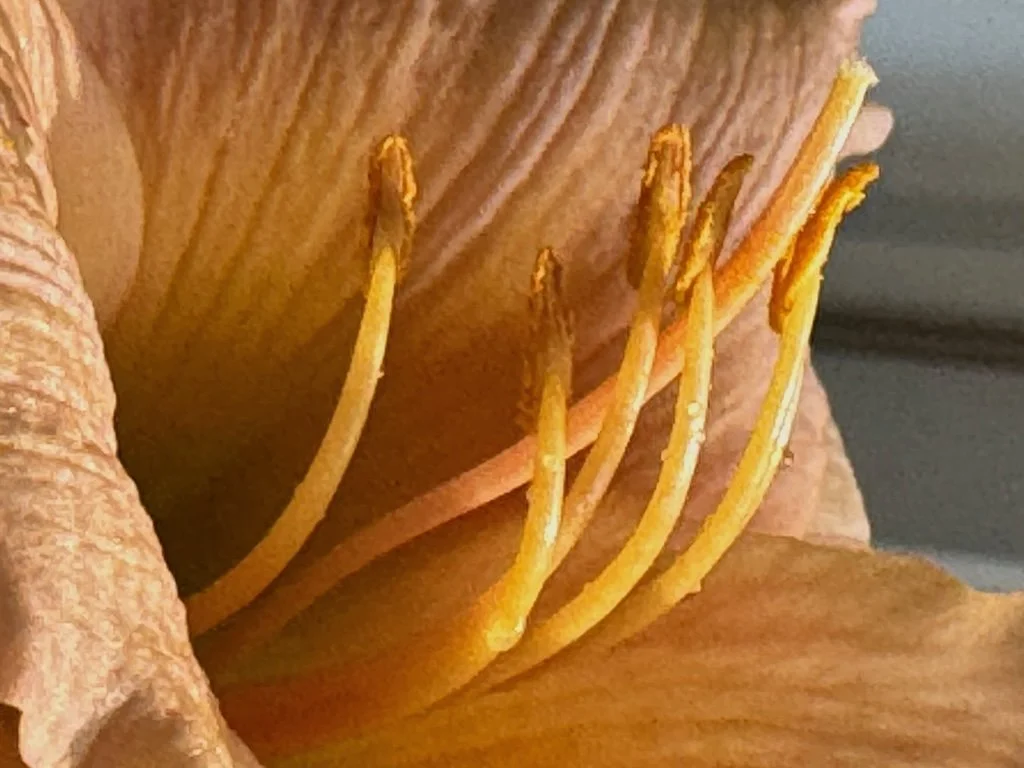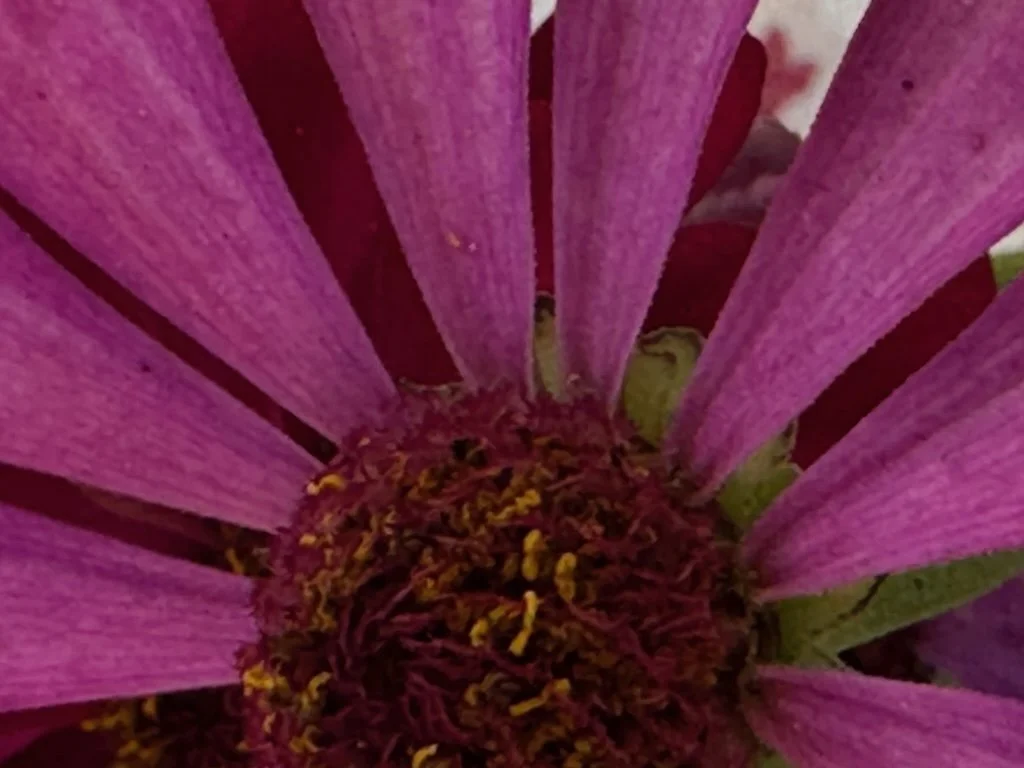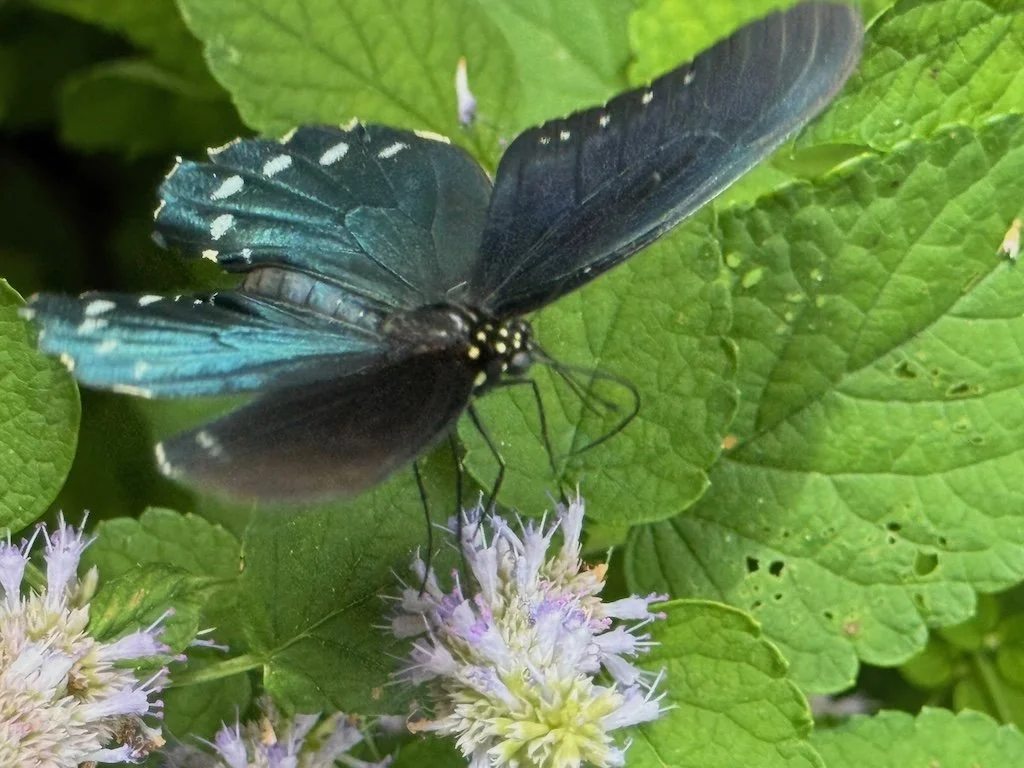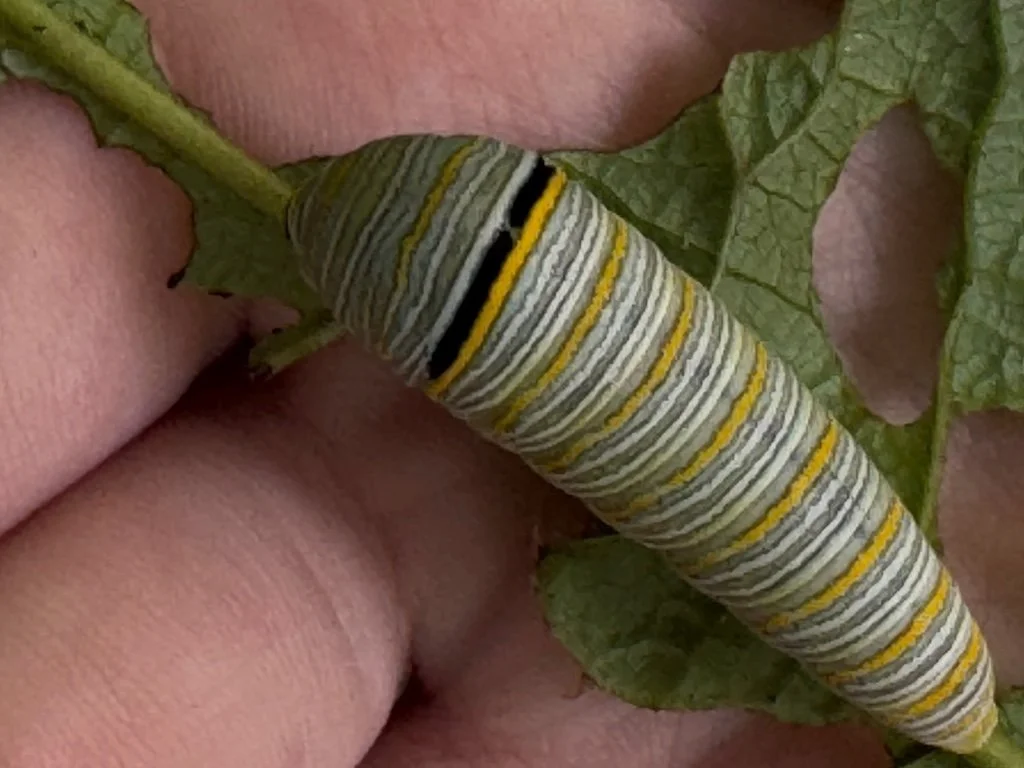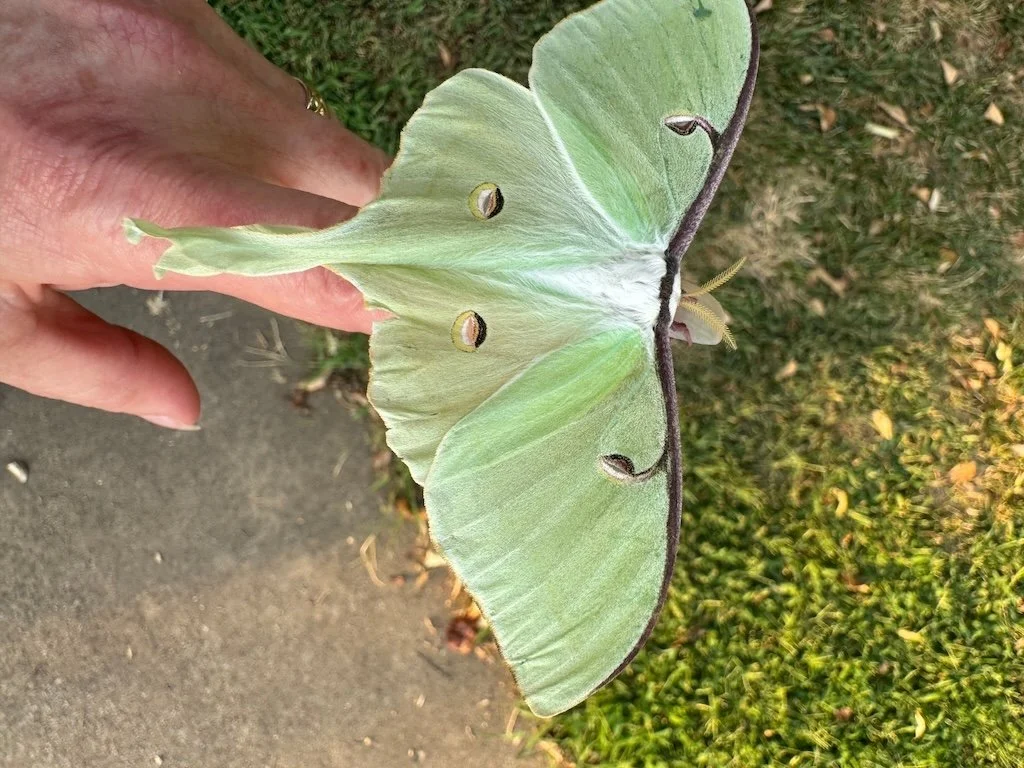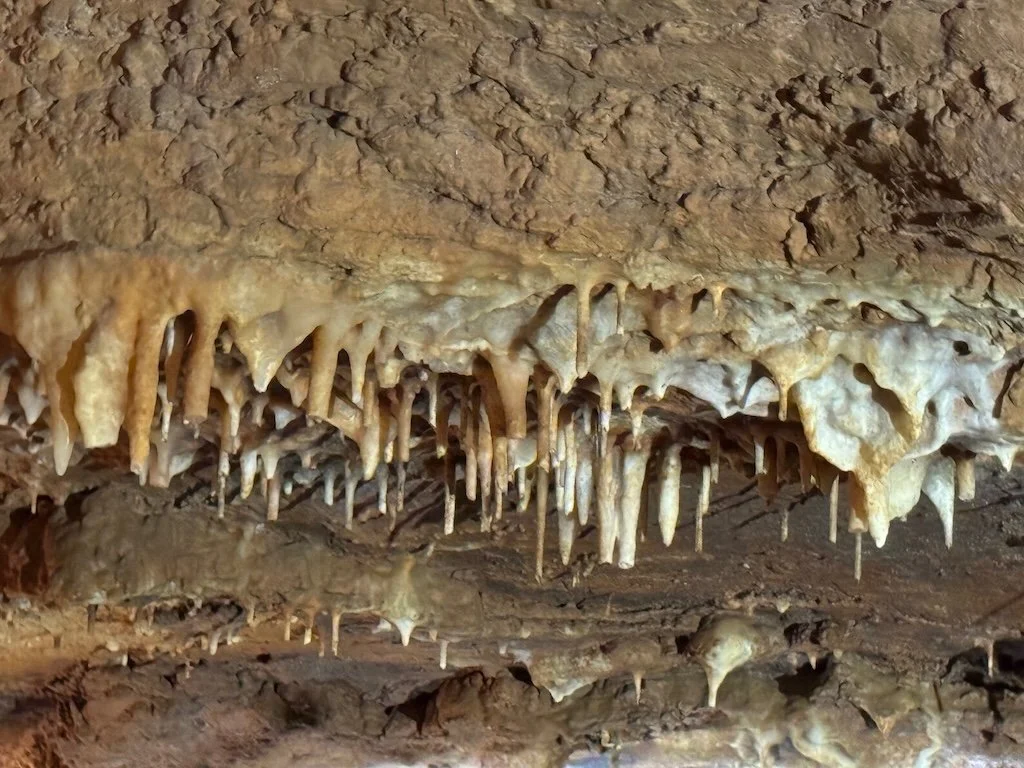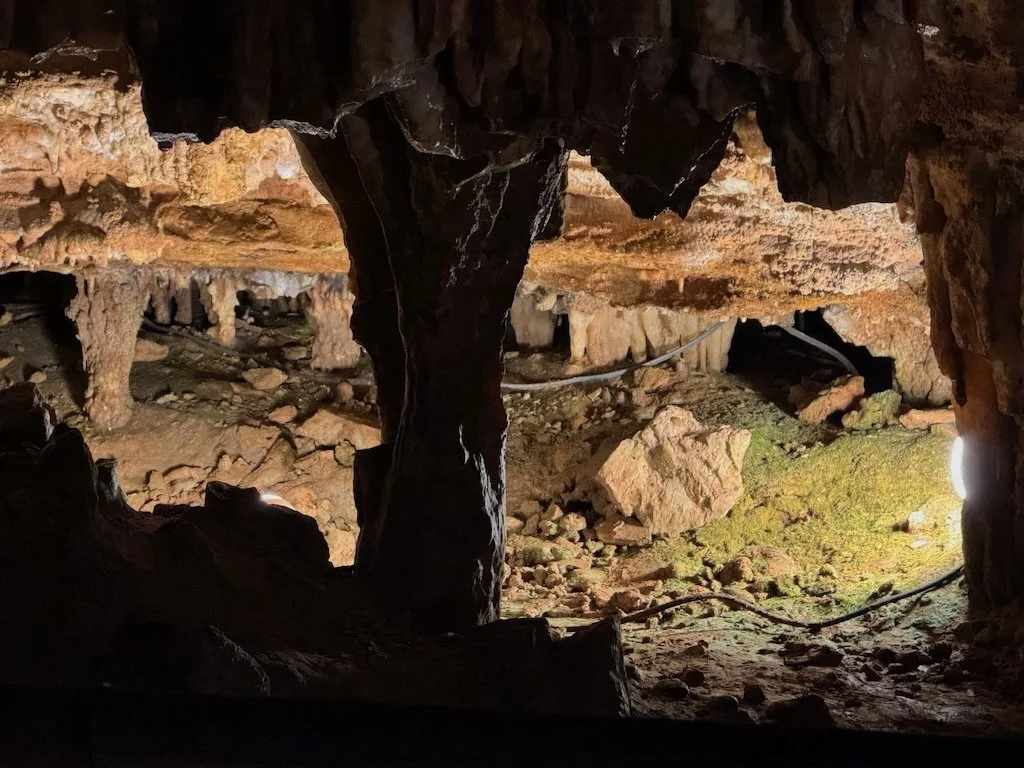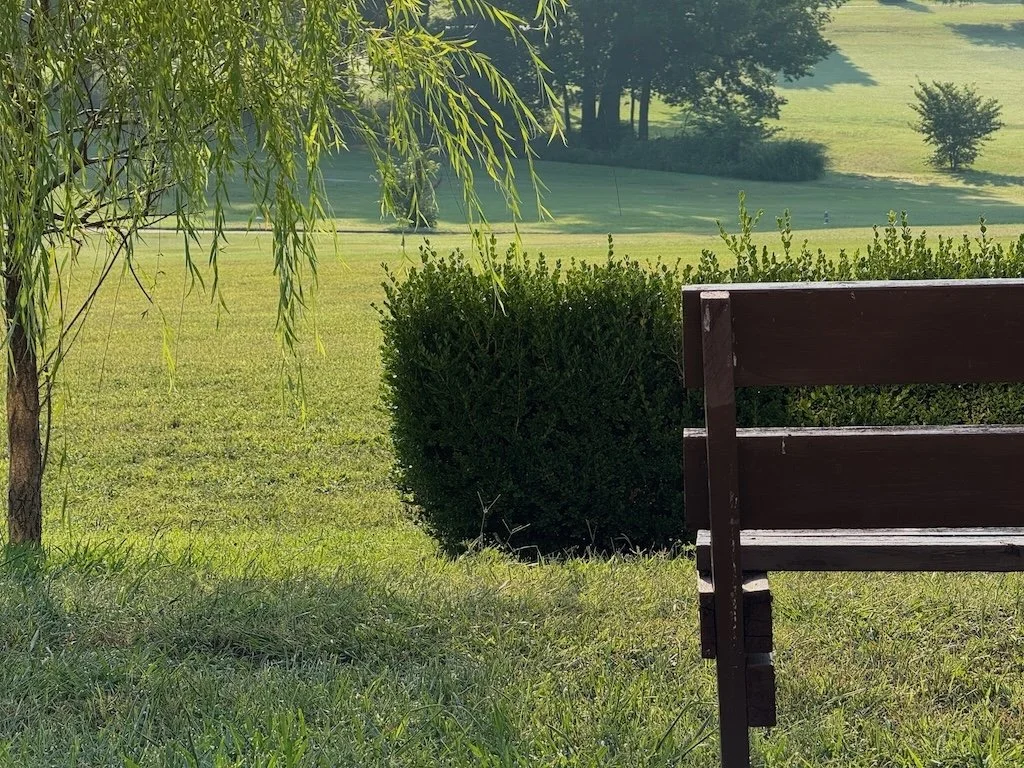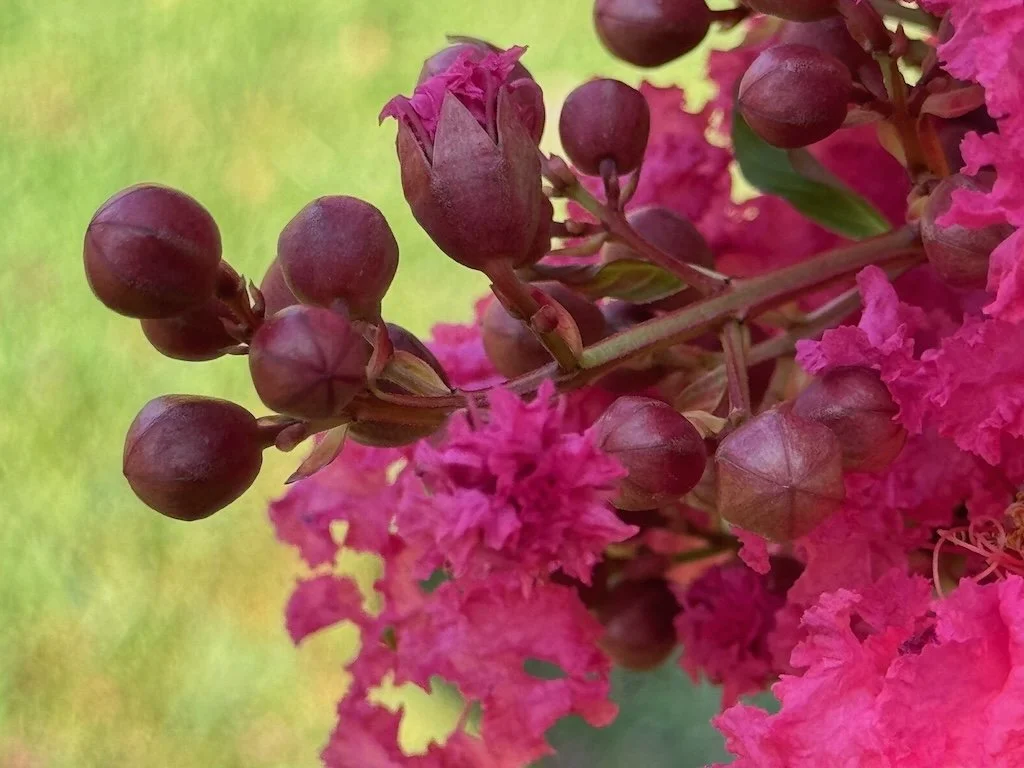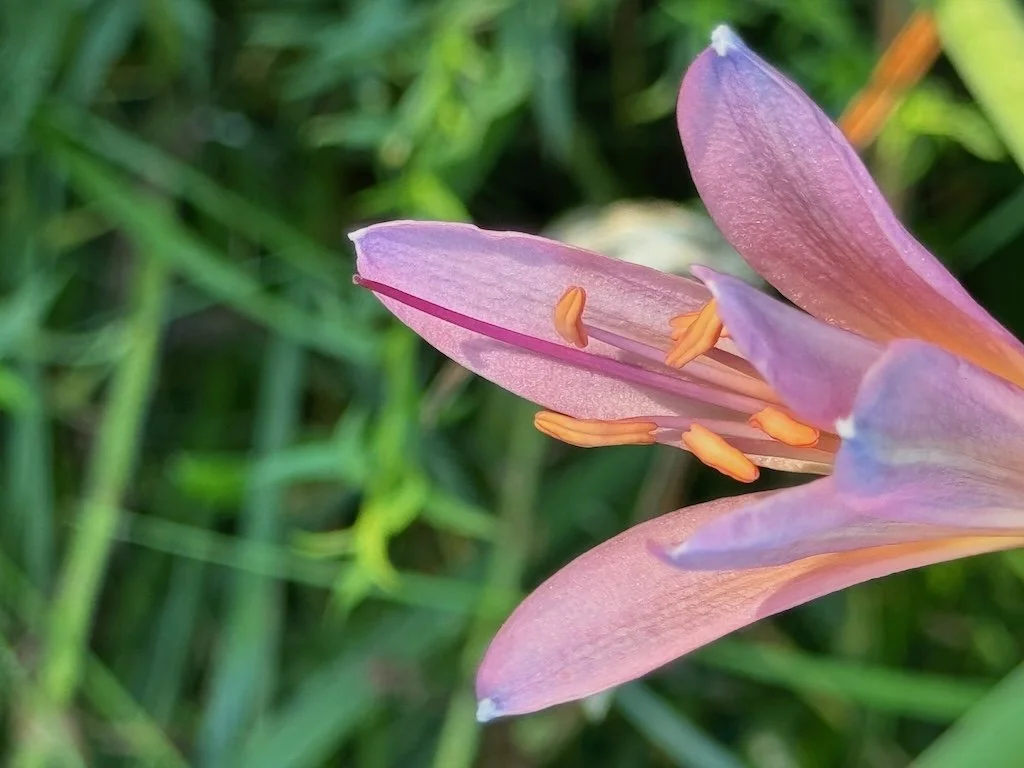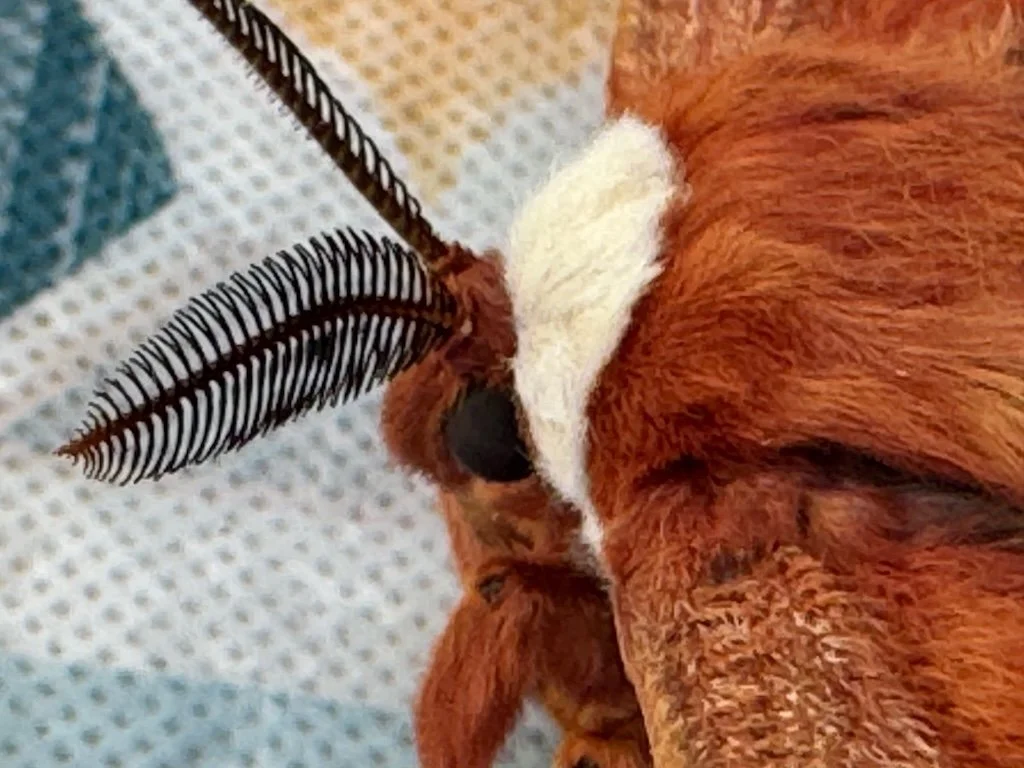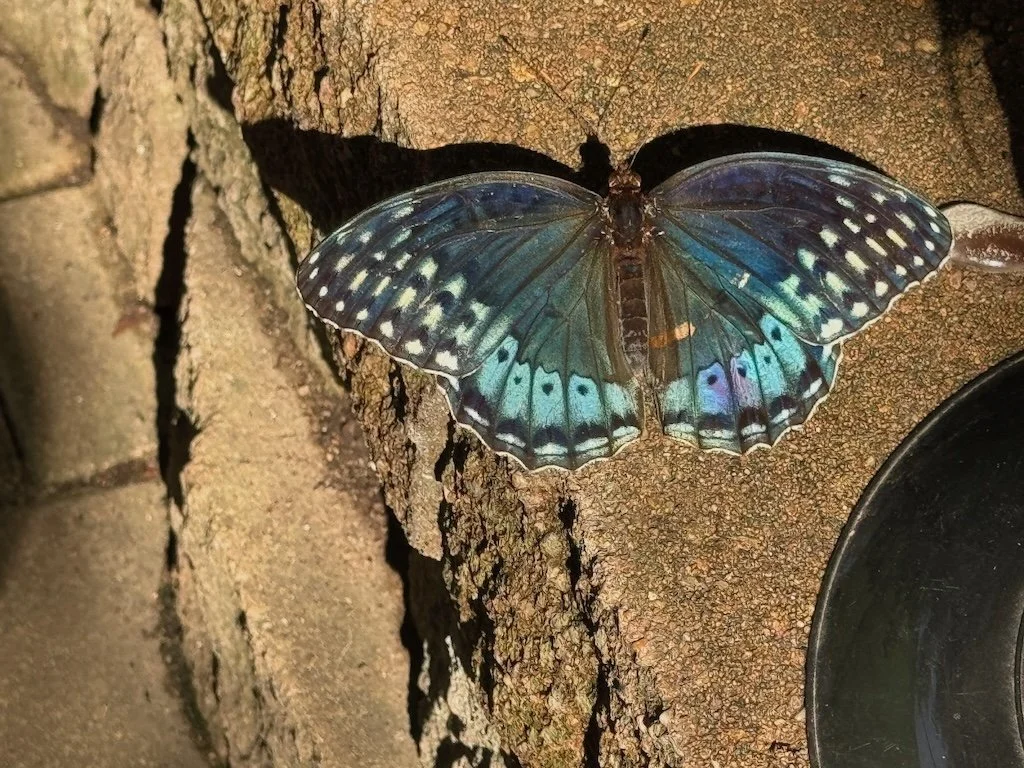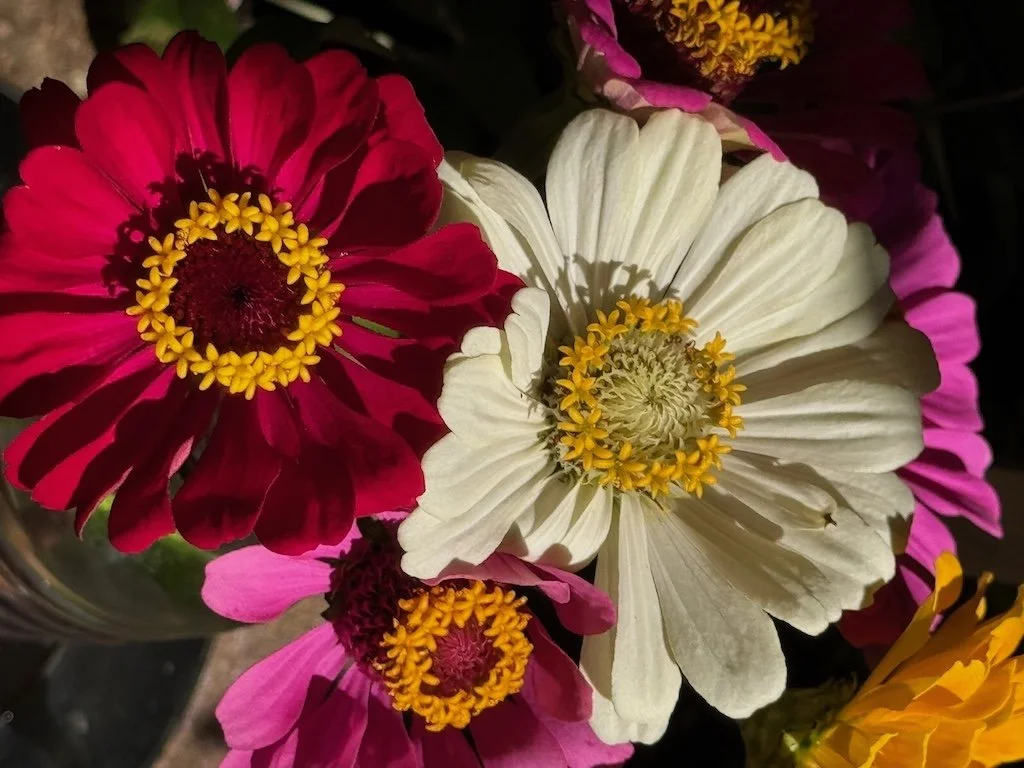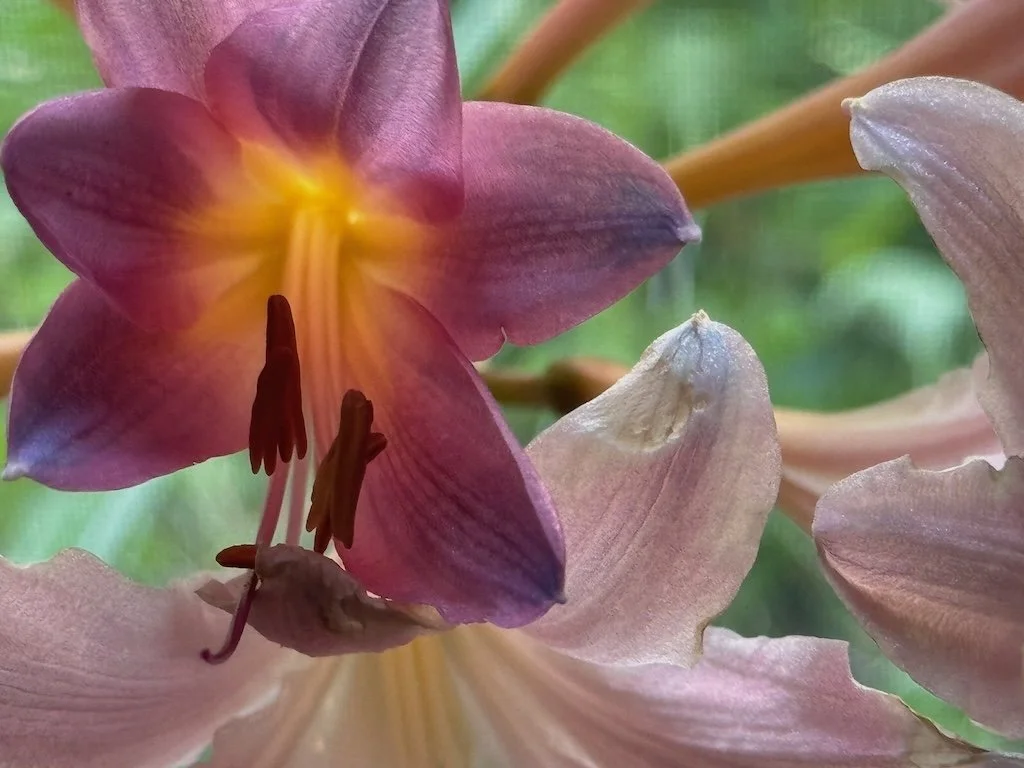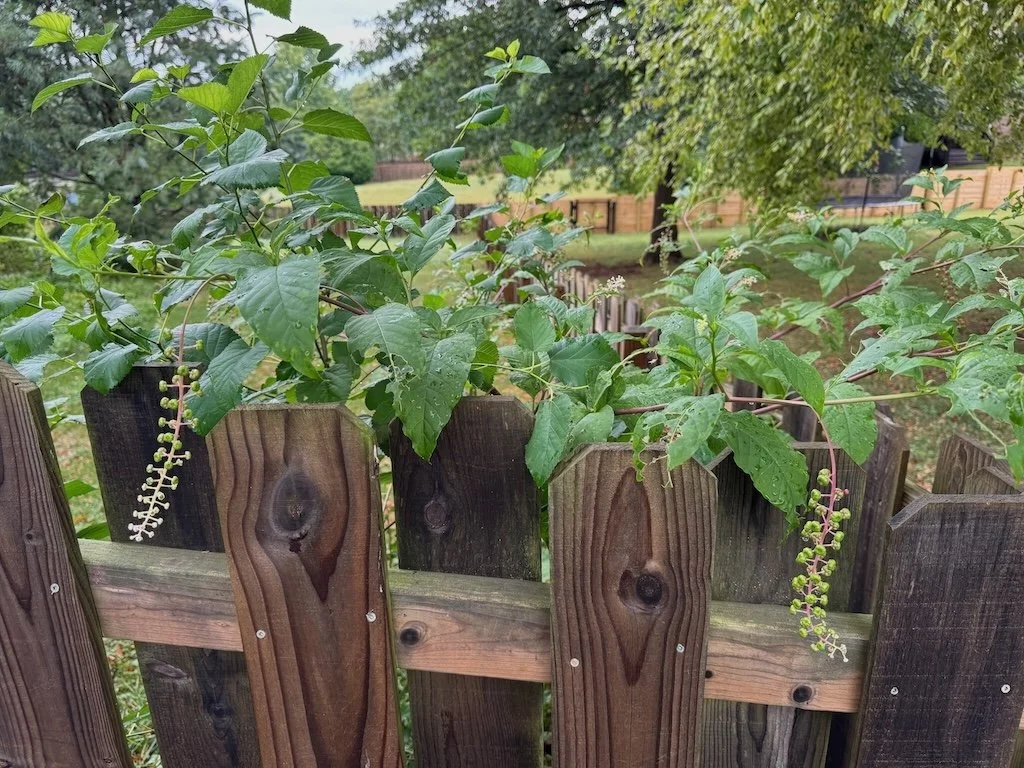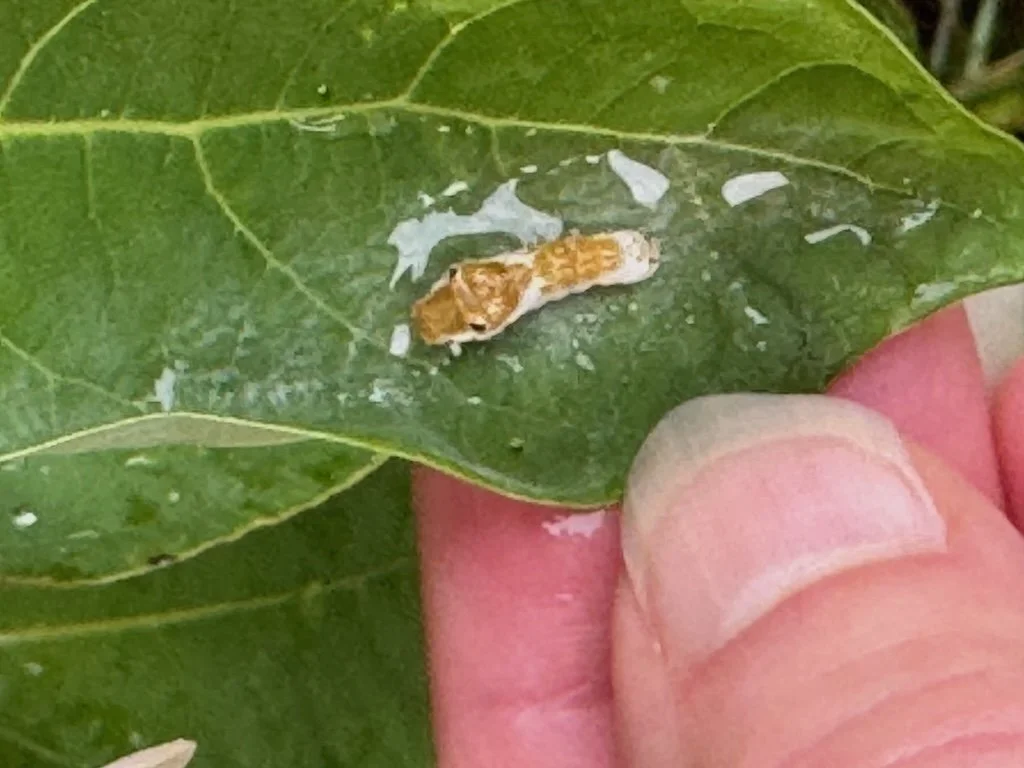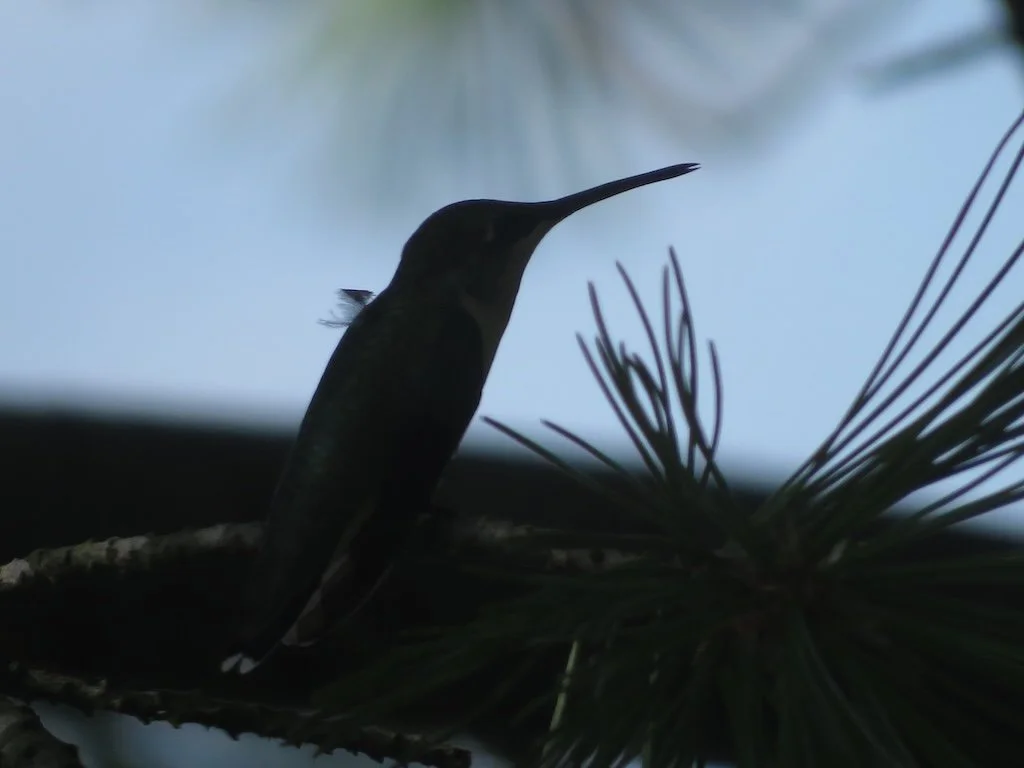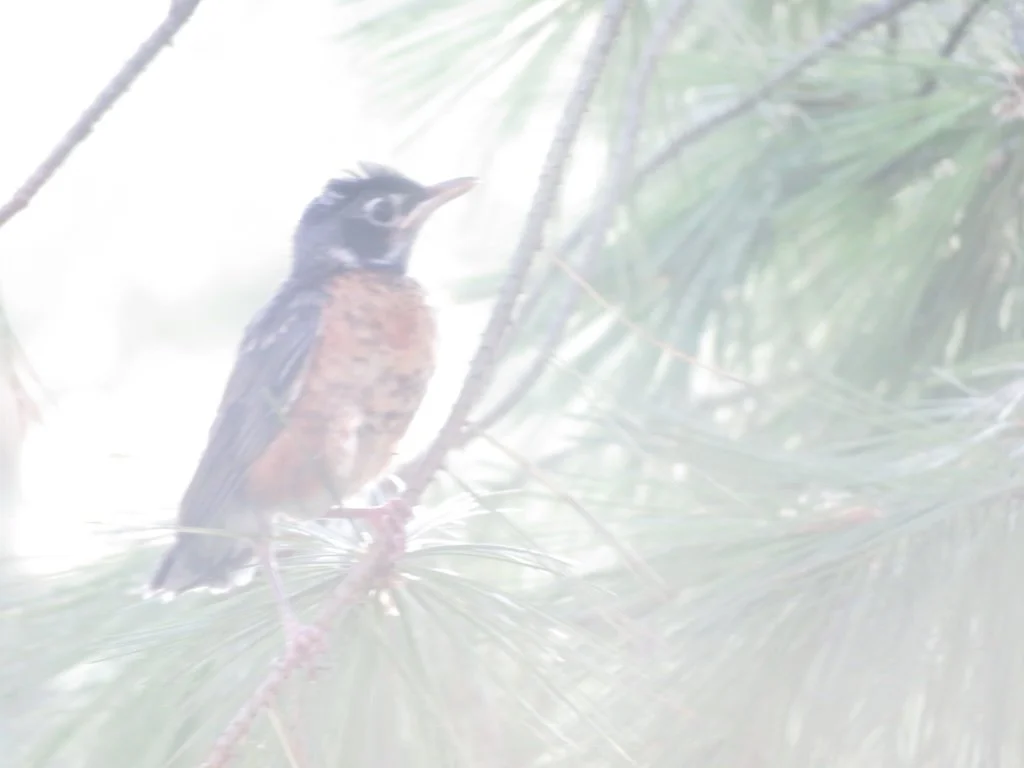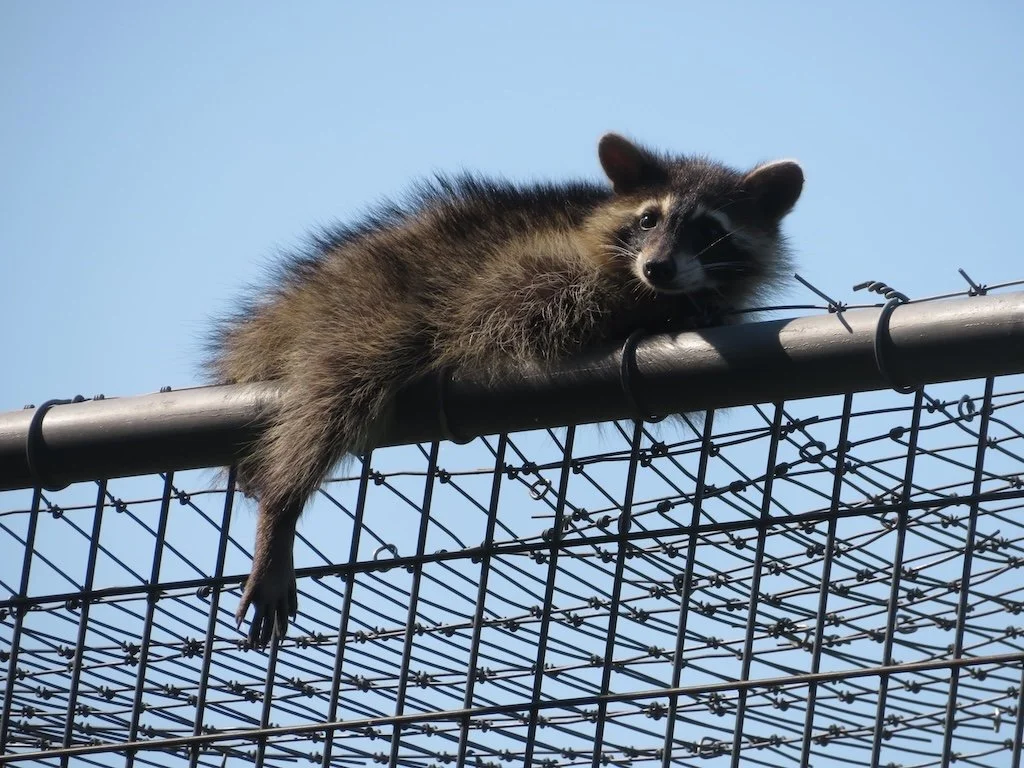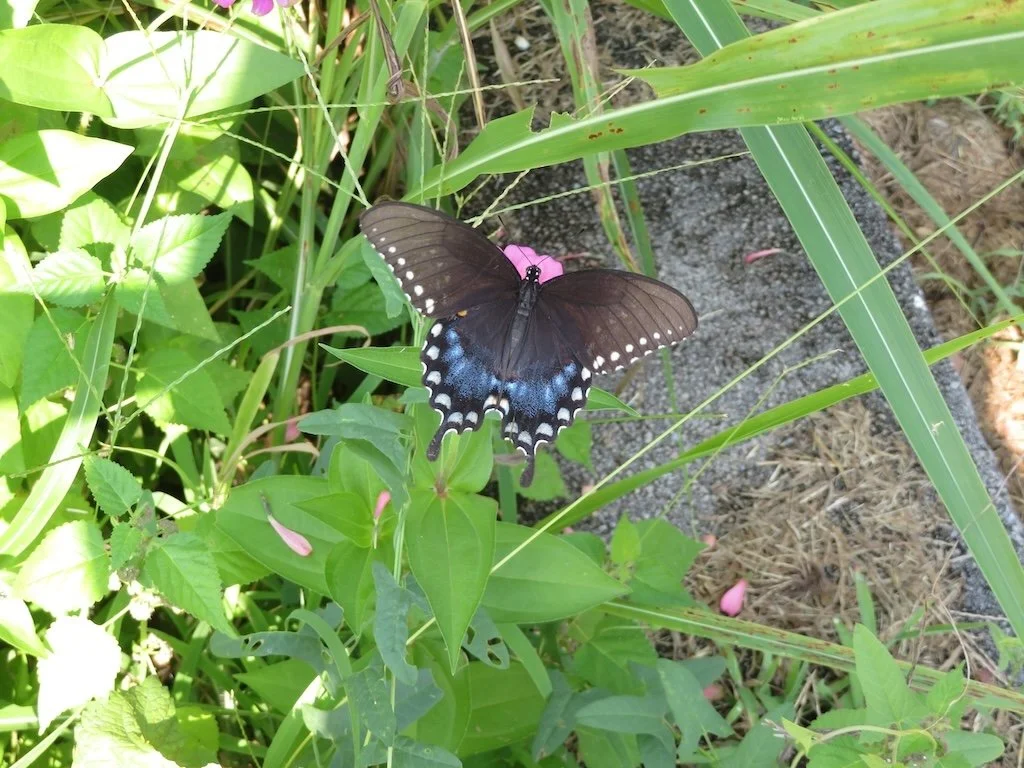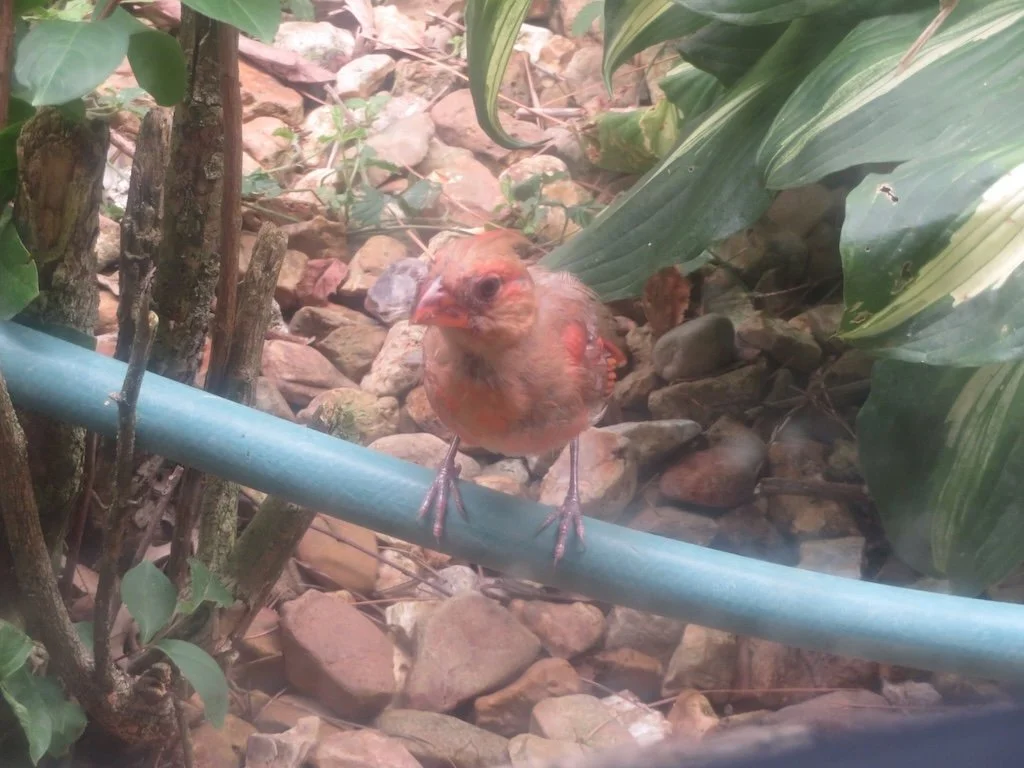10 Objects that Defined 2020
/BBC Future had a blog post last week that listed 37 objects the defined the year. It prompted me to create my own list…what objects will I remember most from 2020. I didn’t limit myself to objects that would be good for a time capsule…some of mine are perishable…but everything on the list is a physical object that will remind me of this pandemic year from now on.
The face mask – I’d never worn a face mask before this year…and it took some getting used to. The masks were hardest to wear when it was hot…but now that the weather is colder they are not as bothersome. It could also be that I am more adept at wearing them now. There are some that are ‘in the mail’ from my daughter – ordered a few weeks before Christmas to see me through to a time we don’t have to wear masks (hopefully in 2021 when a large number of people have been vaccinated and new cases plummet).
Hand sanitizer – We never leave the house without a bottle of hand sanitizer. At first, we thought we’d be using huge amounts of it but the places we go often have dispensers…and we aren’t out and about away from home that frequently.
Bar soap – At home – we use soap and water on our hands rather than hand sanitizer. We switched from liquid soap dispensers to bar soap in our house with it was hard to get the dispensers early in the pandemic. My husband has gone back to the soap dispensers, but I like the artisan bar soaps and will continue to enjoy them even after the pandemic. Added benefits: the ones I am using don’t seem to be as hard on my skin….and I buy bar soap in paper or cardboard packaging so no plastic!
Pecan topped custard (pumpkin, sweet potato, butternut squash) – I discovered pecans put on the top of custard stay on the top (like pecan pie)…and will always associate that dish with the pandemic for years to come.
Haystacks – I made haystack cookies (Chow mein noodles coated with melted chocolate/butterscotch) for the first time; it all started when I realized I was missing the holiday cookies from events usually held in December – but cancelled for this year. Making this treat helped improve my mood for the different sort of holiday we had this year. I’ll probably add it to my repertoire of sweets for the holidays going forward.
Bird feeder cam – We got the bird feeder camera in early 2020, before we understood that a pandemic would dominate the year. It was something we enjoyed all year long…a continuing project to learn more about the birds that visit out back yard feeder.
Cut flowers (from the CSA and then from Wegmans) – In previous years I would cut flowers occasionally at the CSA…for Thanksgiving and Christmas, I’d buy flowers. This year I got flowers every week during the CSA season and now I buy flowers every time I go to the grocery store. It’s something easy to do that brightens my mood every time I see them….and my husband likes them too.
Magnifying glasses with lights – There have been so many photographic mini-projects during the pandemic…things we could do without leaving our neighborhood. Most of the time we already had the equipment we needed…but the magnifying glasses with built-in lights were new…and I found myself using them for a lot of different things…some of them not involving photography.
Layered Zentangle tiles – I moved from making Zentangle patterns (sometimes with shading) to using that as just a starting point…adding coloring and highlighting – sometimes in stages rather than completing the tile all at once. I had more time to spend making tiles…and I enjoyed taking the tiles in a different direction than previous years.
Home – It’s a physical and emotional place…but an assemblage of objects as well. Over this year, my perception of it has deepened because I have been surrounded by it for more hours. There are some objects that I’ve found easier to put in the donation pile…others that I have used more frequently….a few that are rediscovered objects to treasure. My appreciation of my house and home has increased dramatically.
Unique Activities for Yesterday:
Soup for a winter day. Pureed sweet potato, a few pieces of beet (both have great color), garlic, onion powder, Italian seasonings, left over brisket, beef broth with pumpkin seeds and Chinese noodles on top. Yummy and pretty too.

